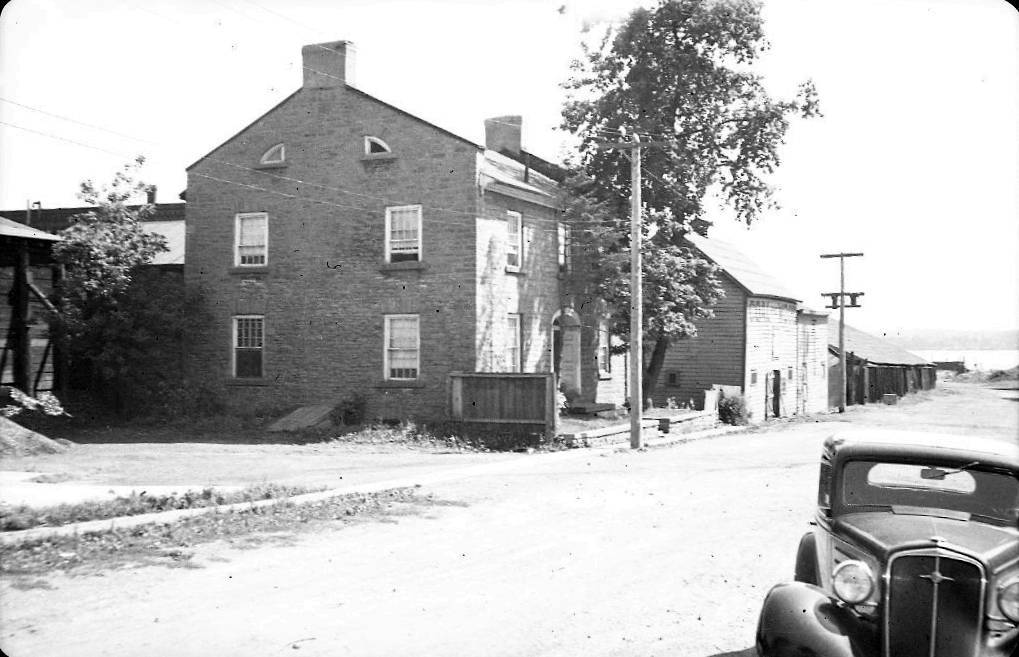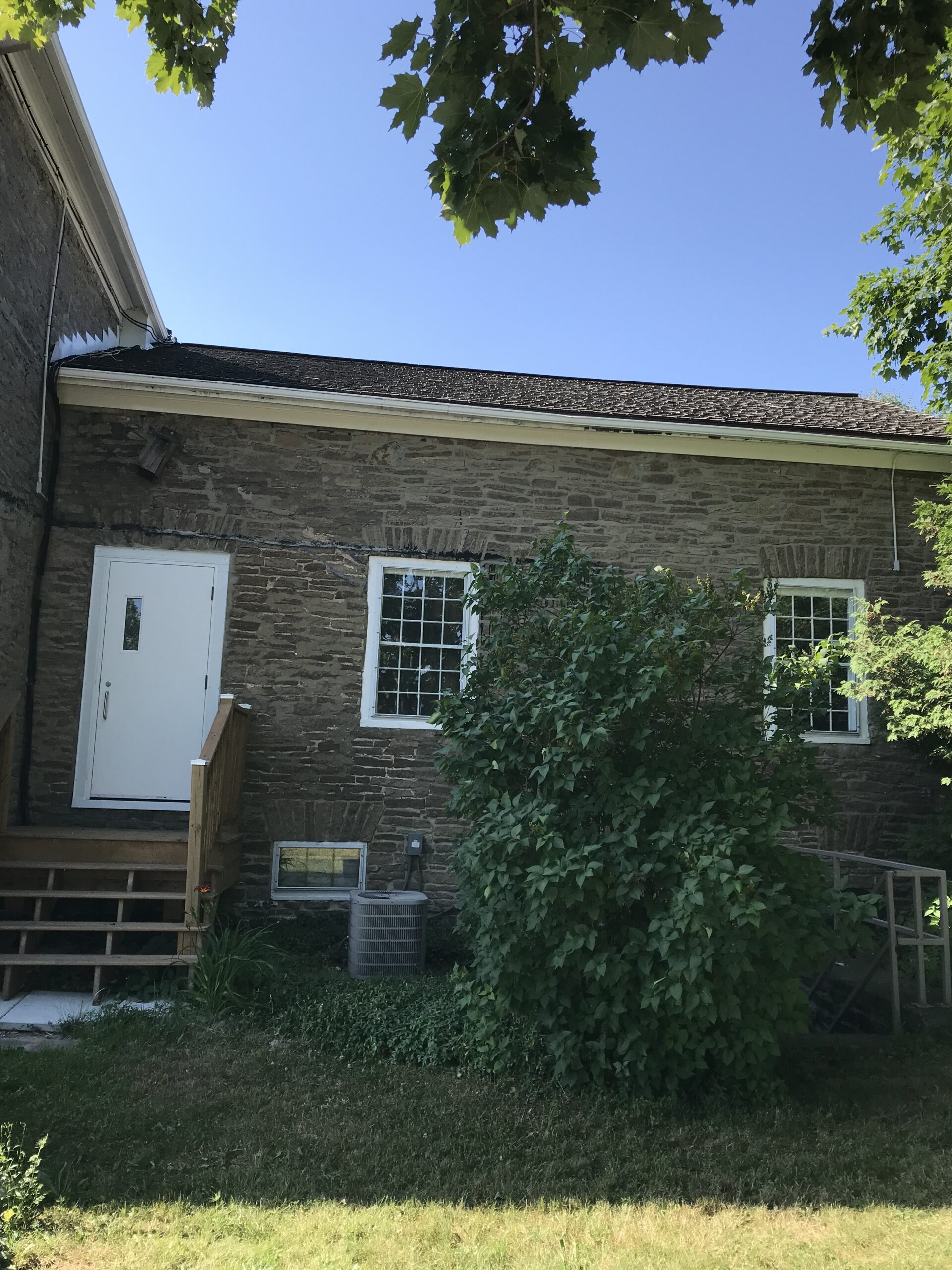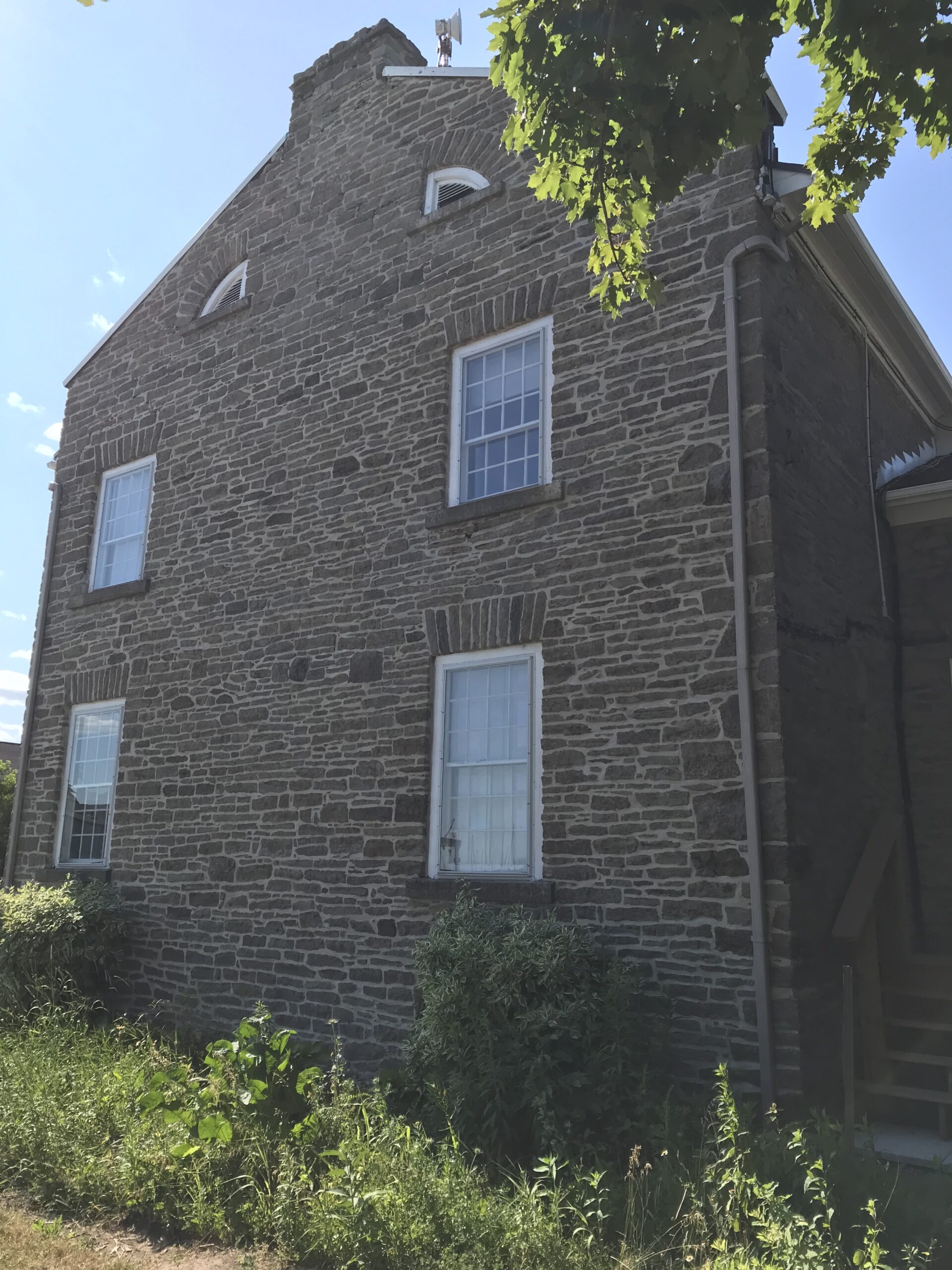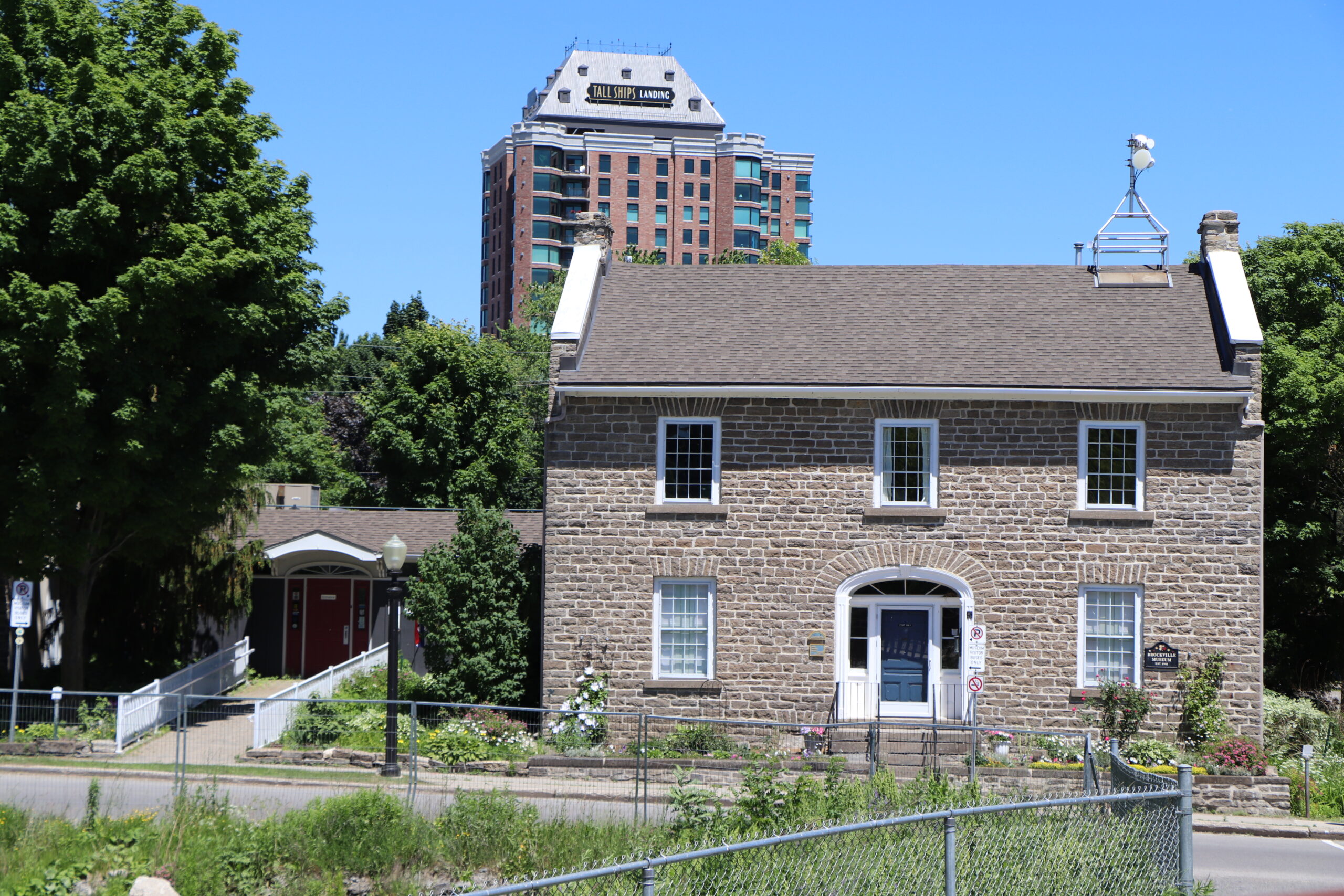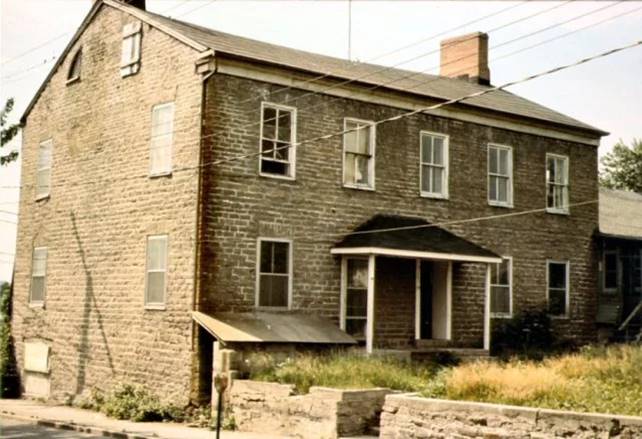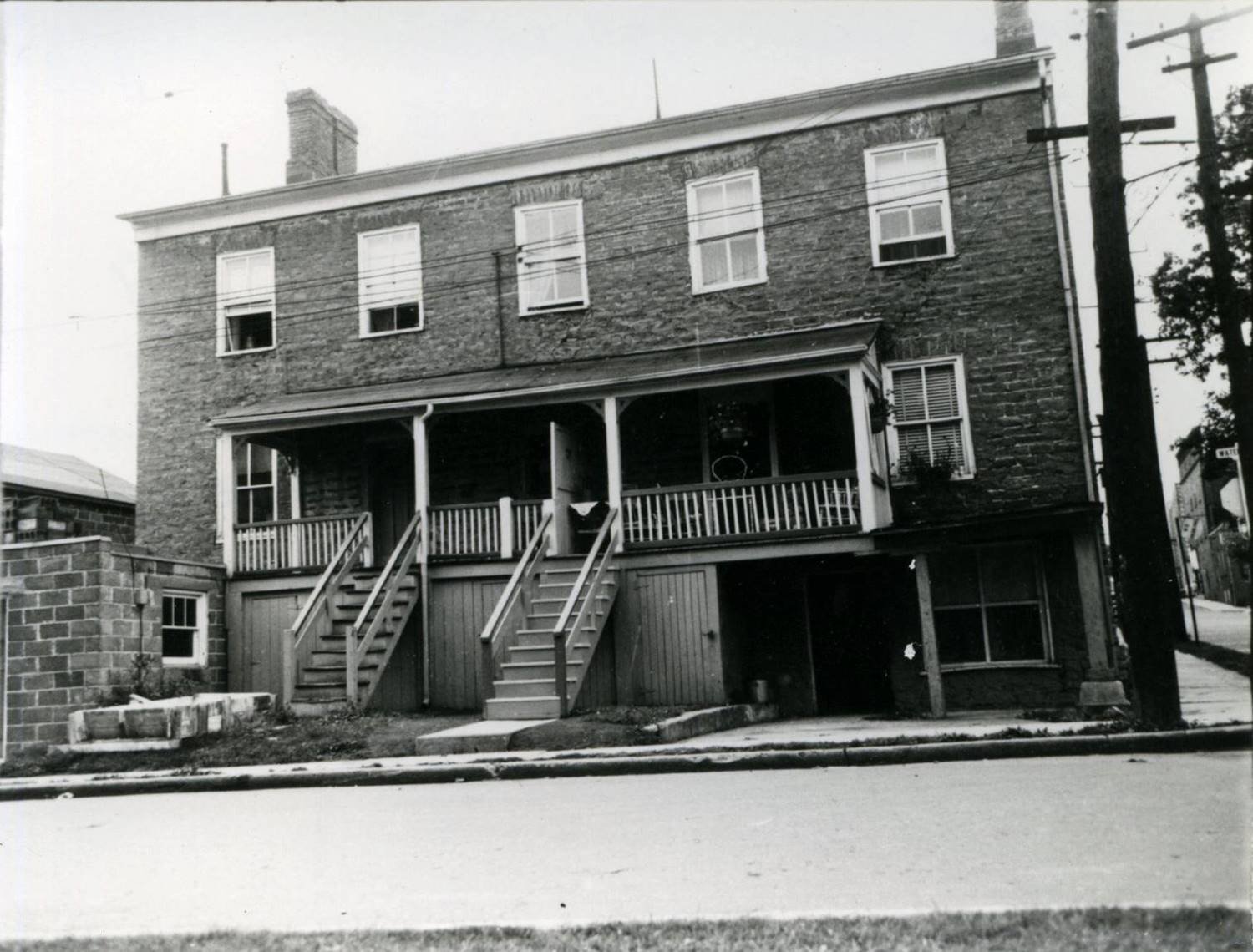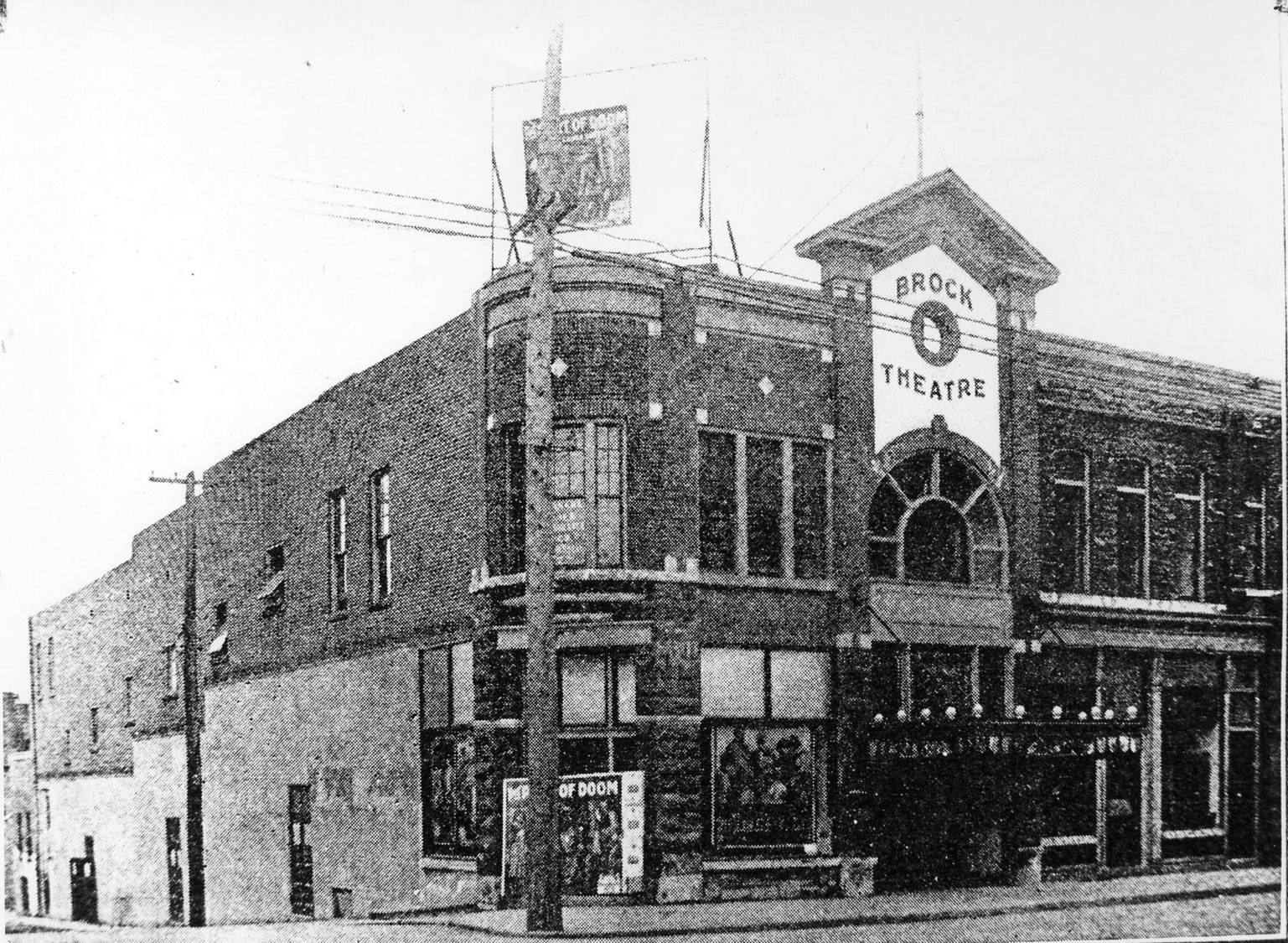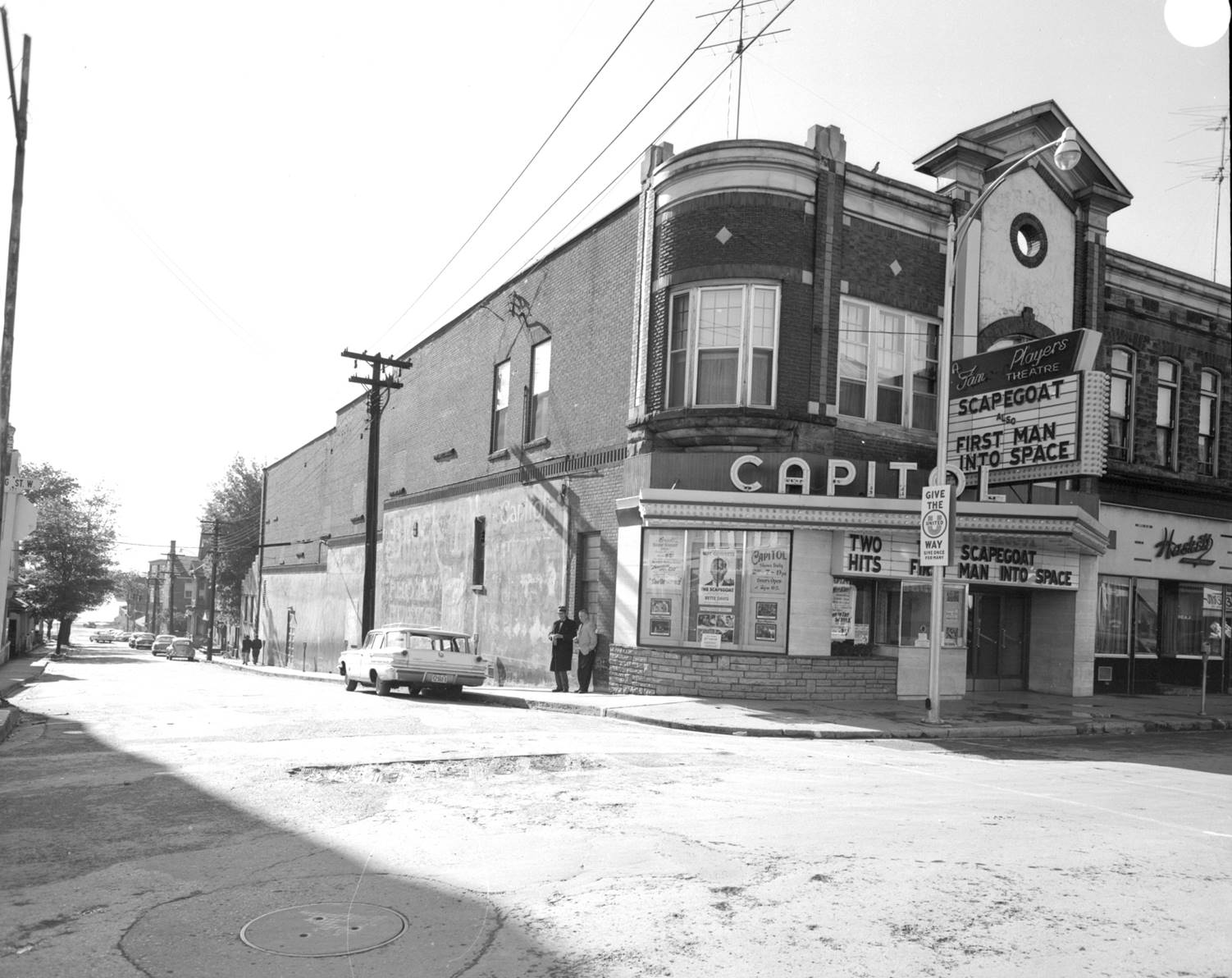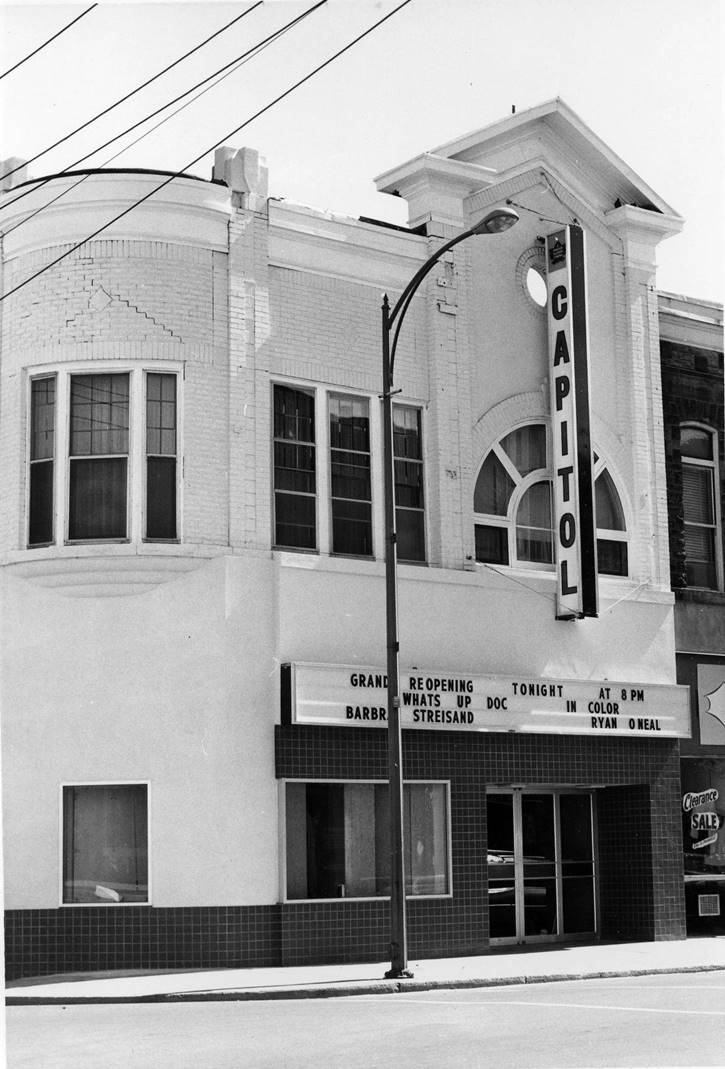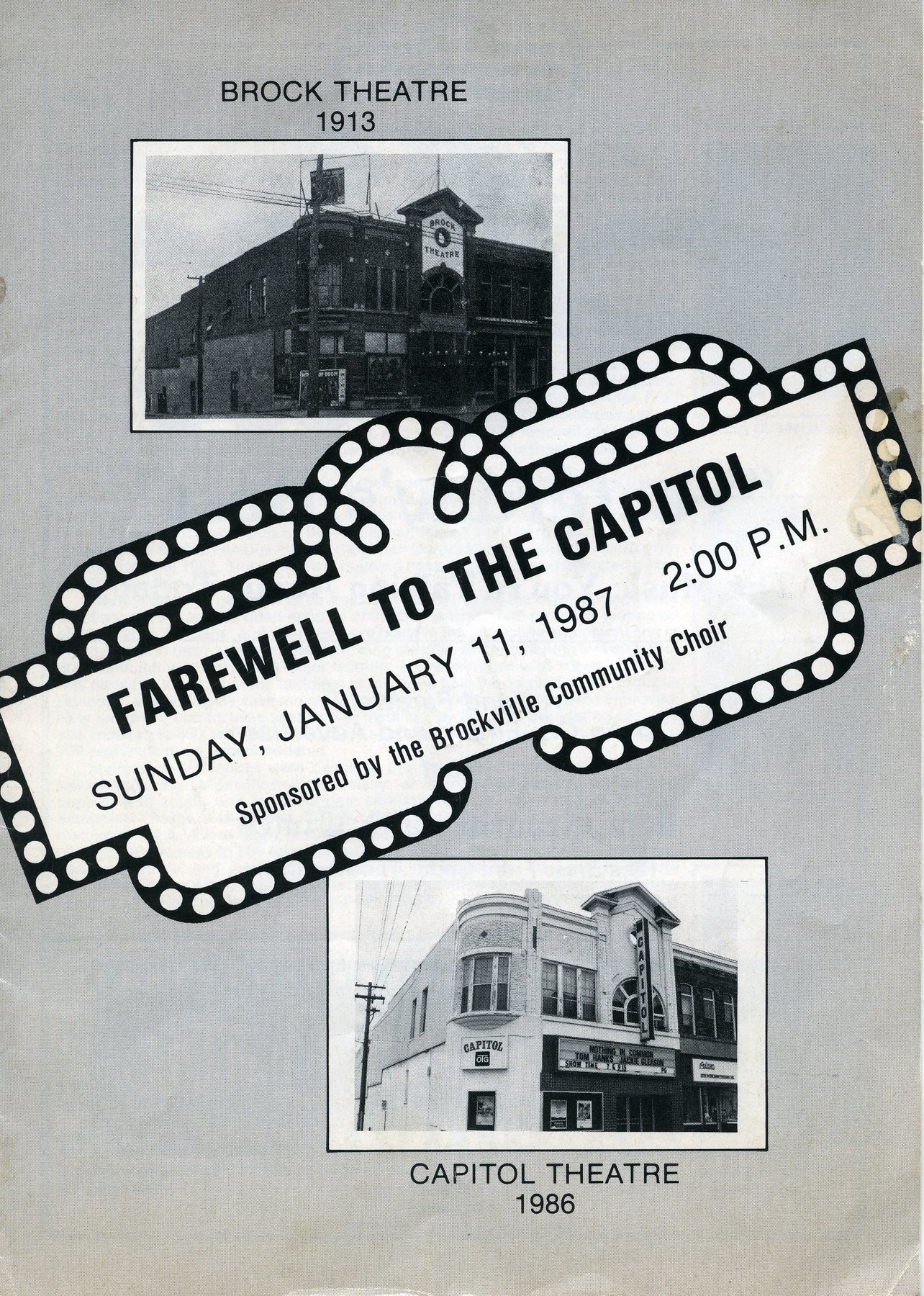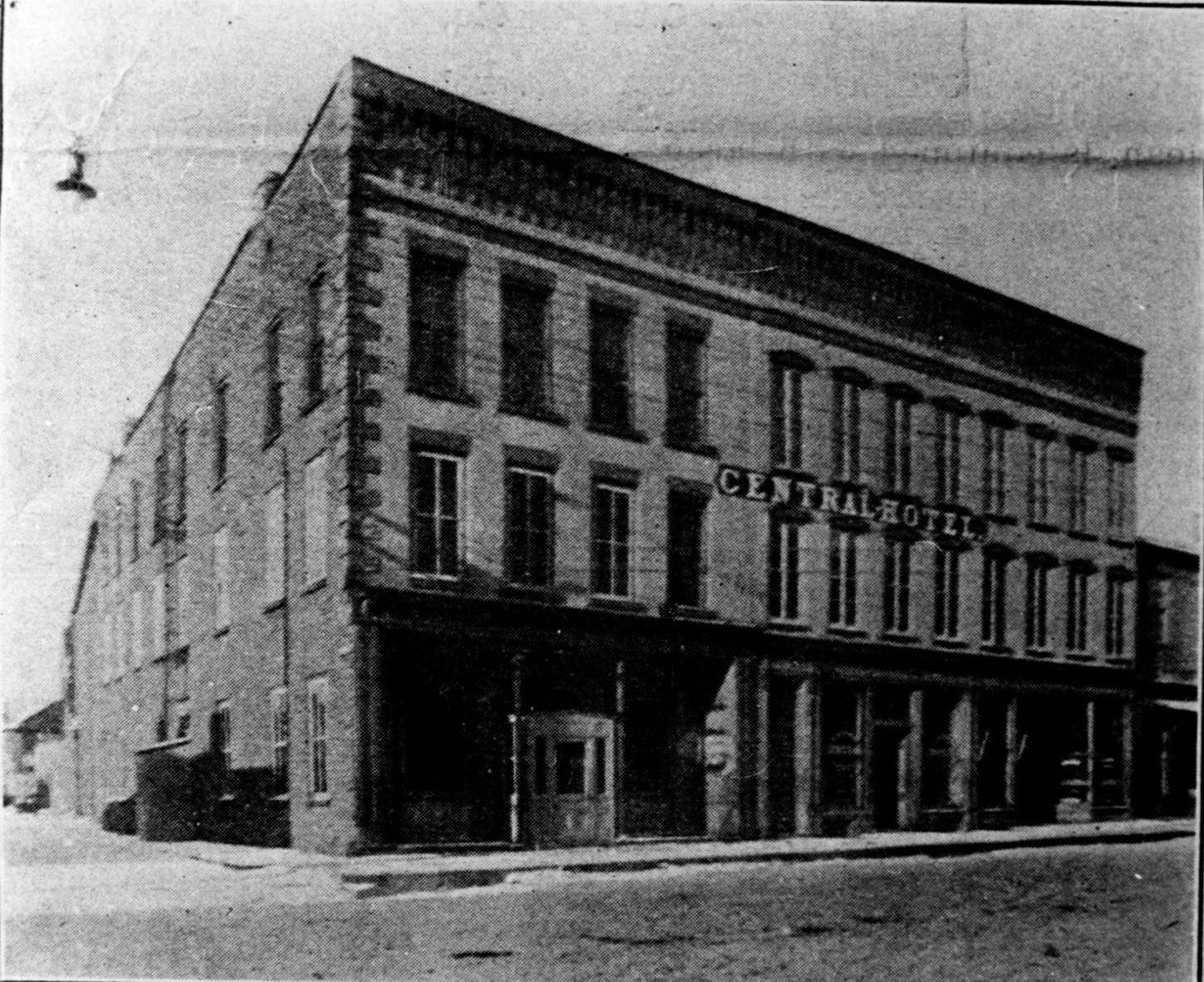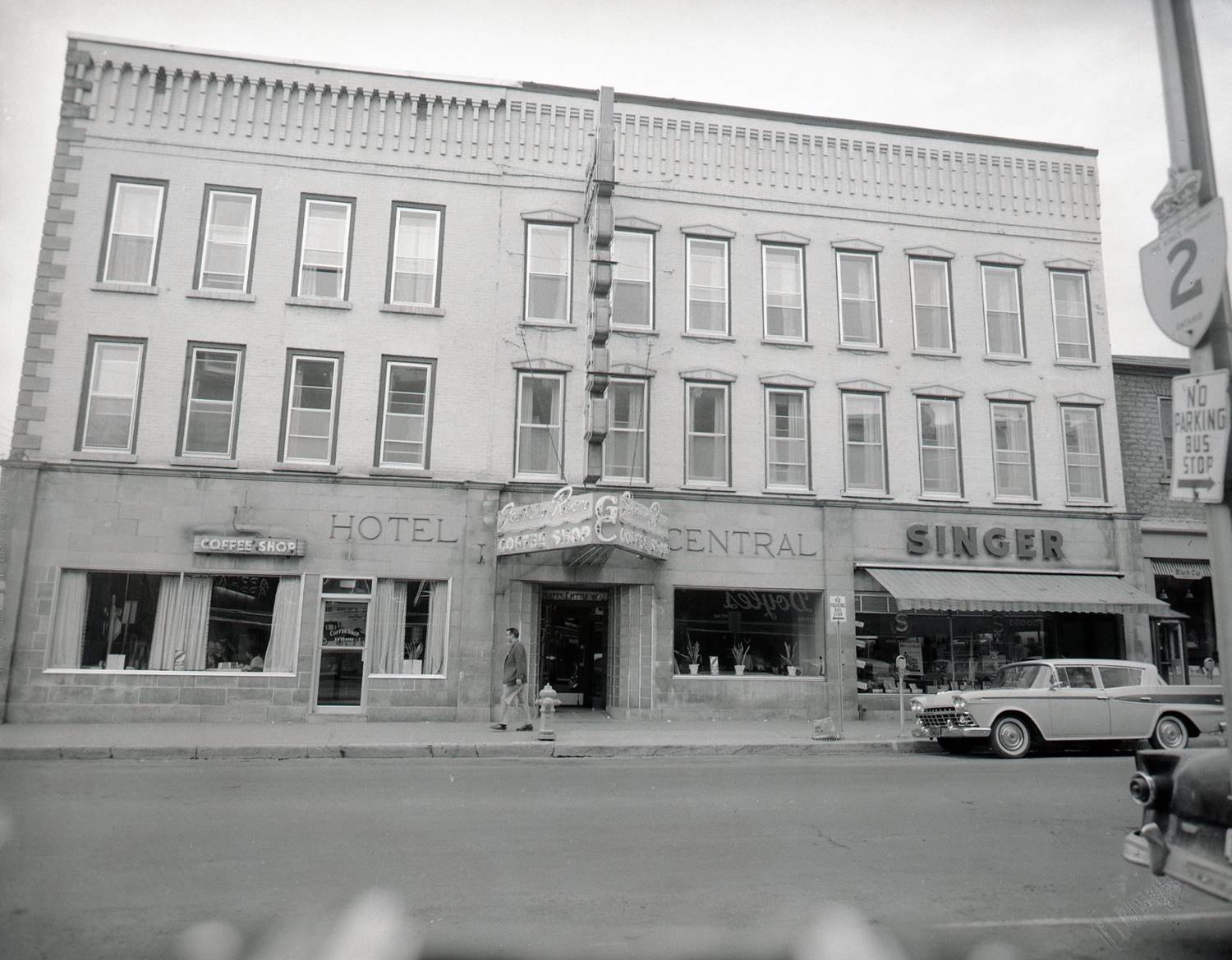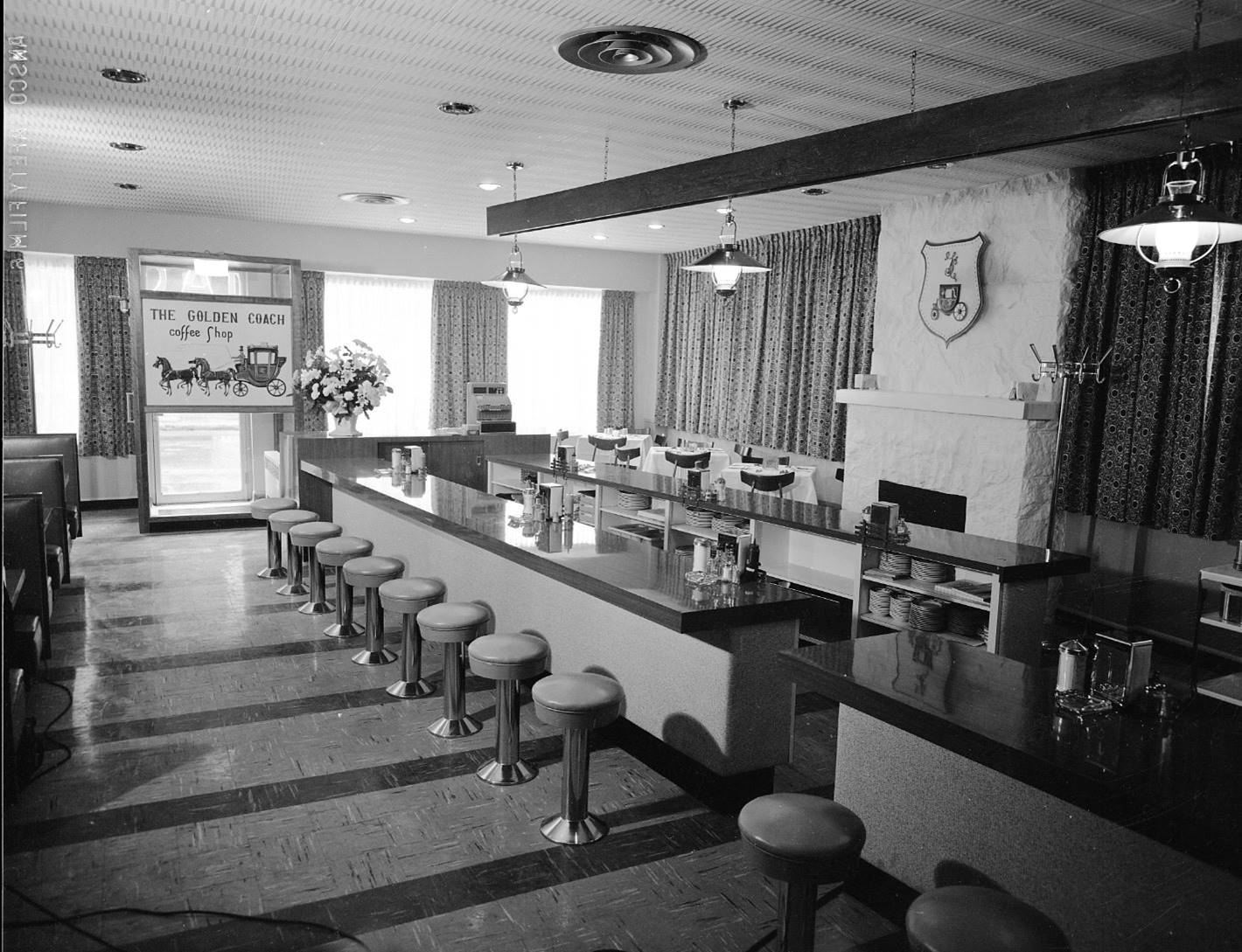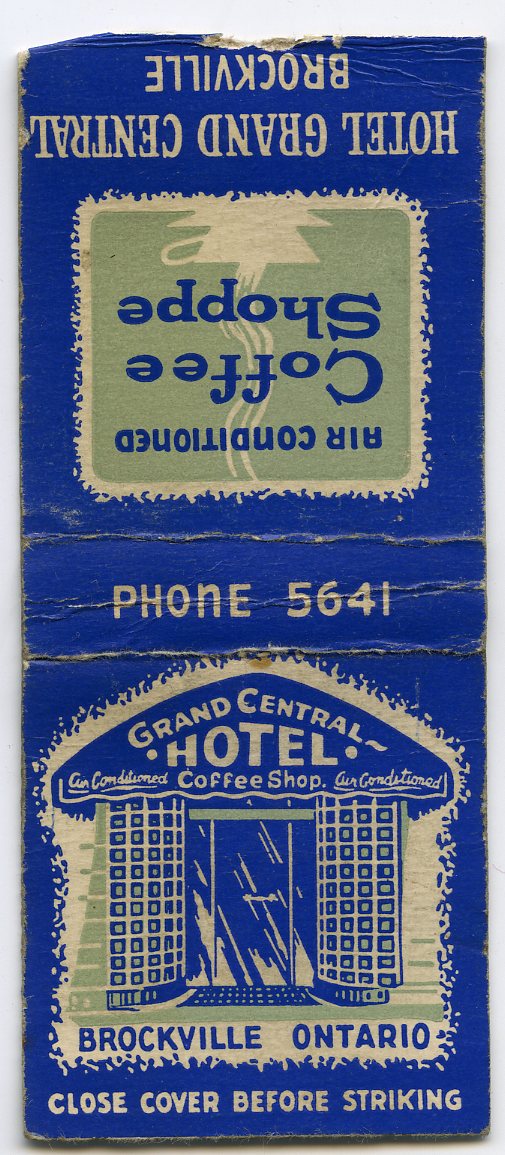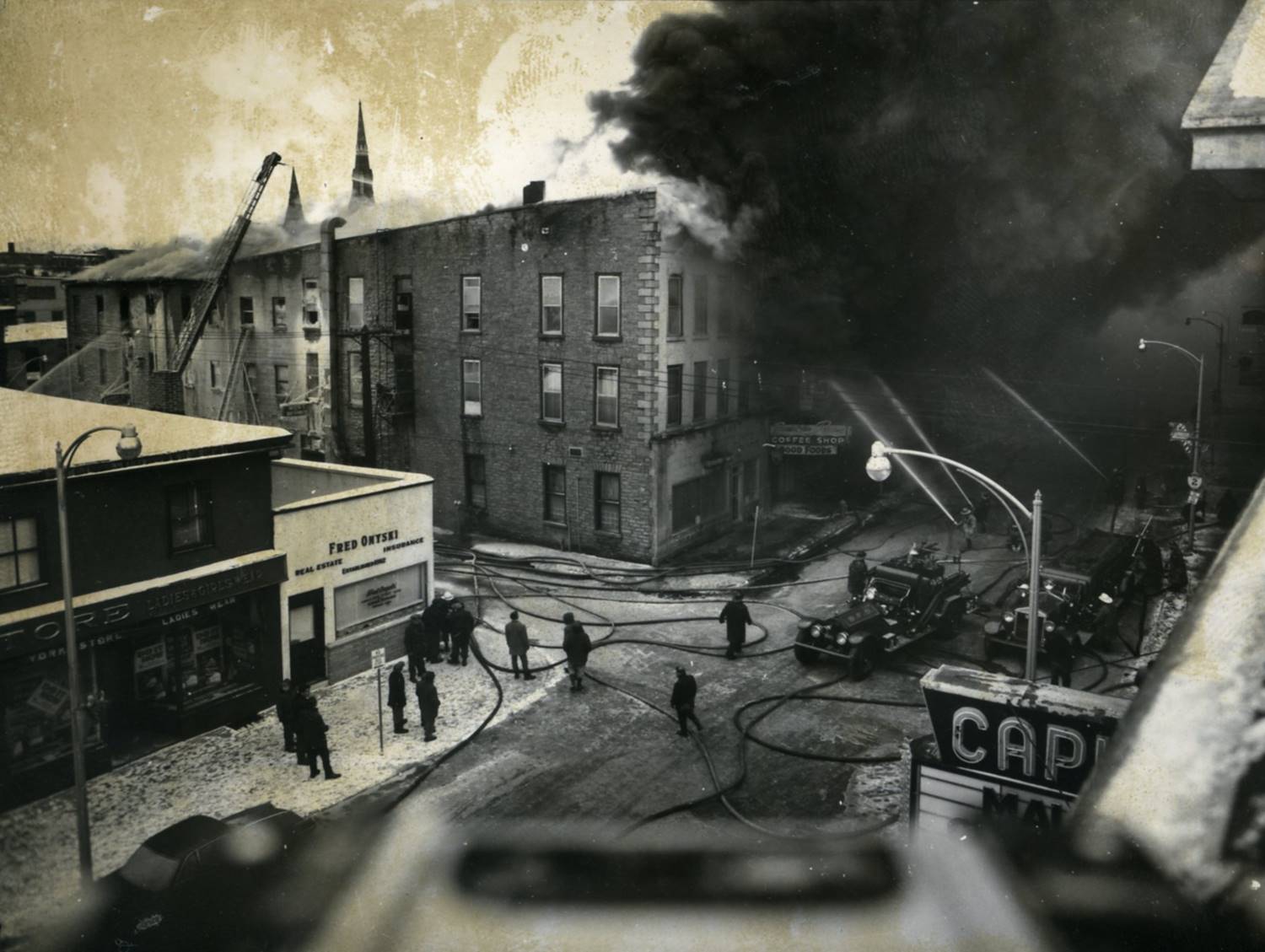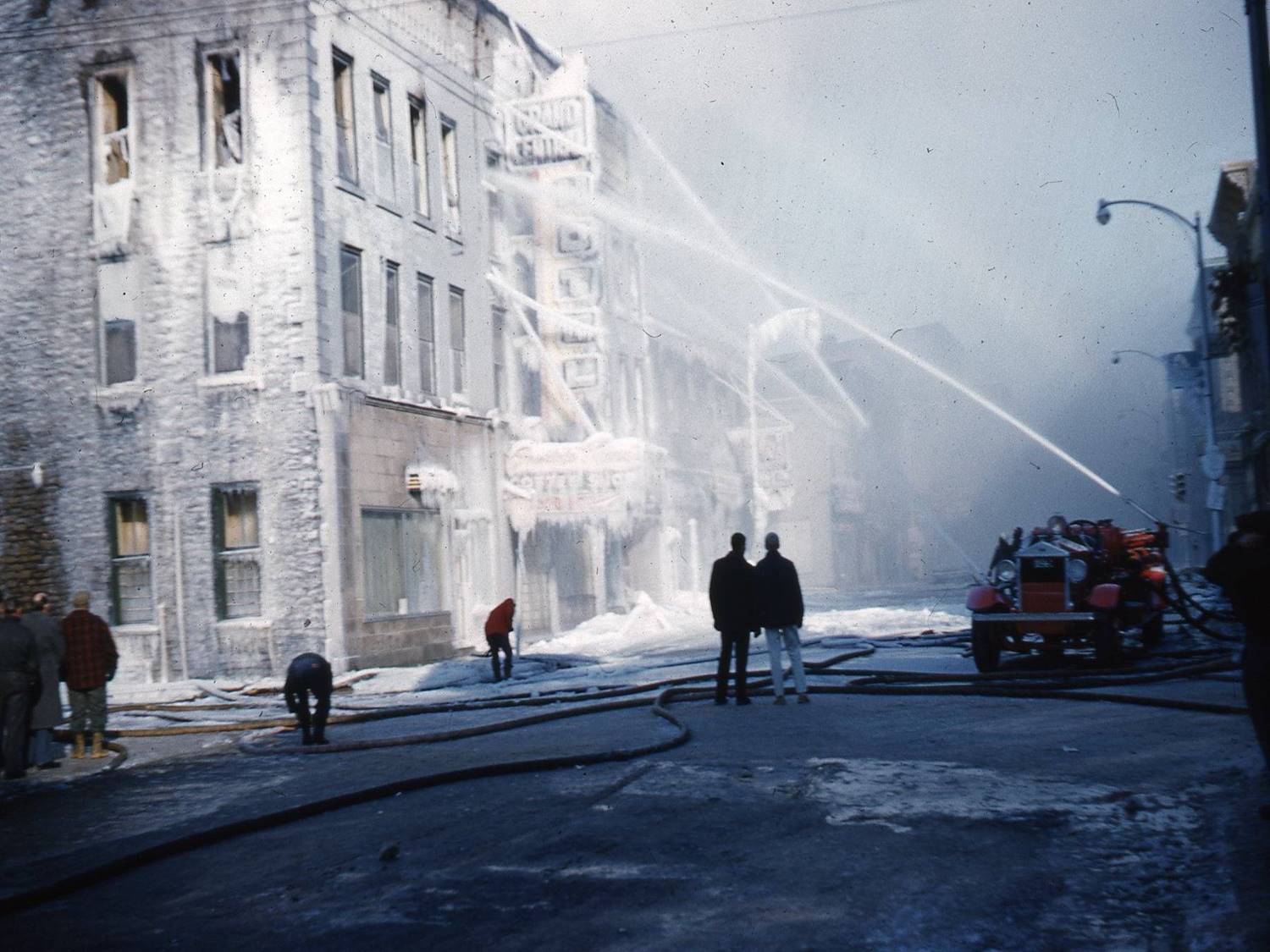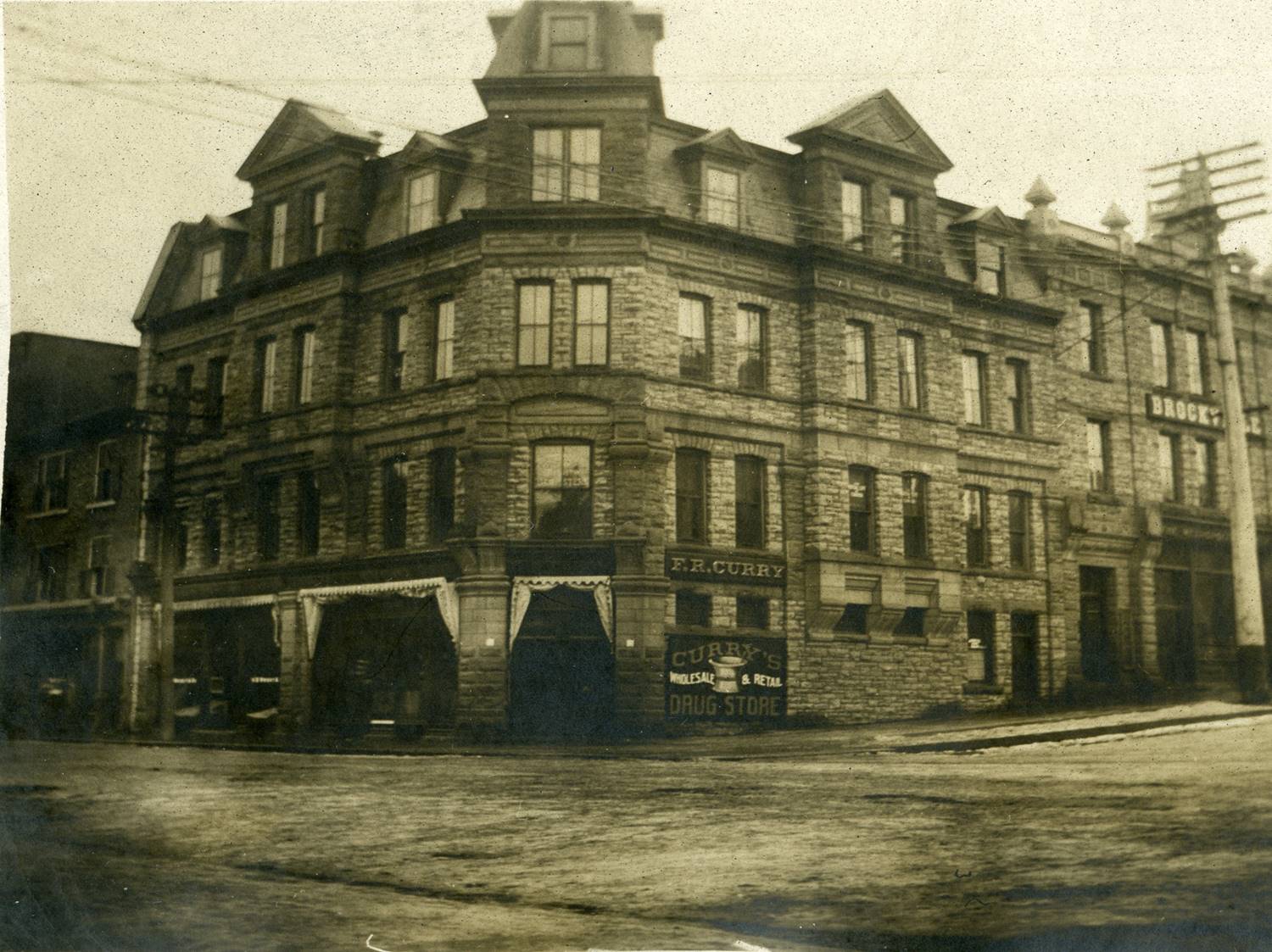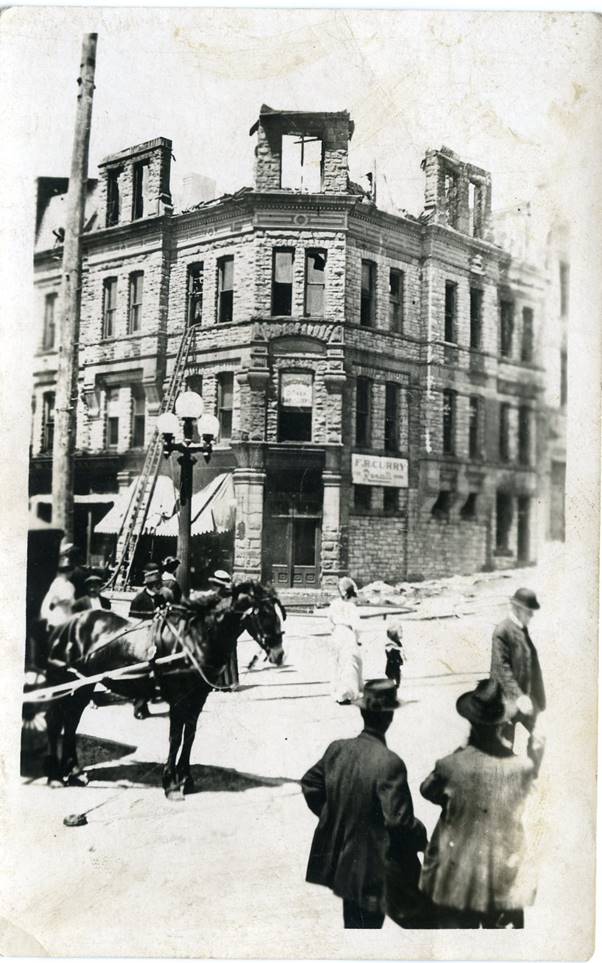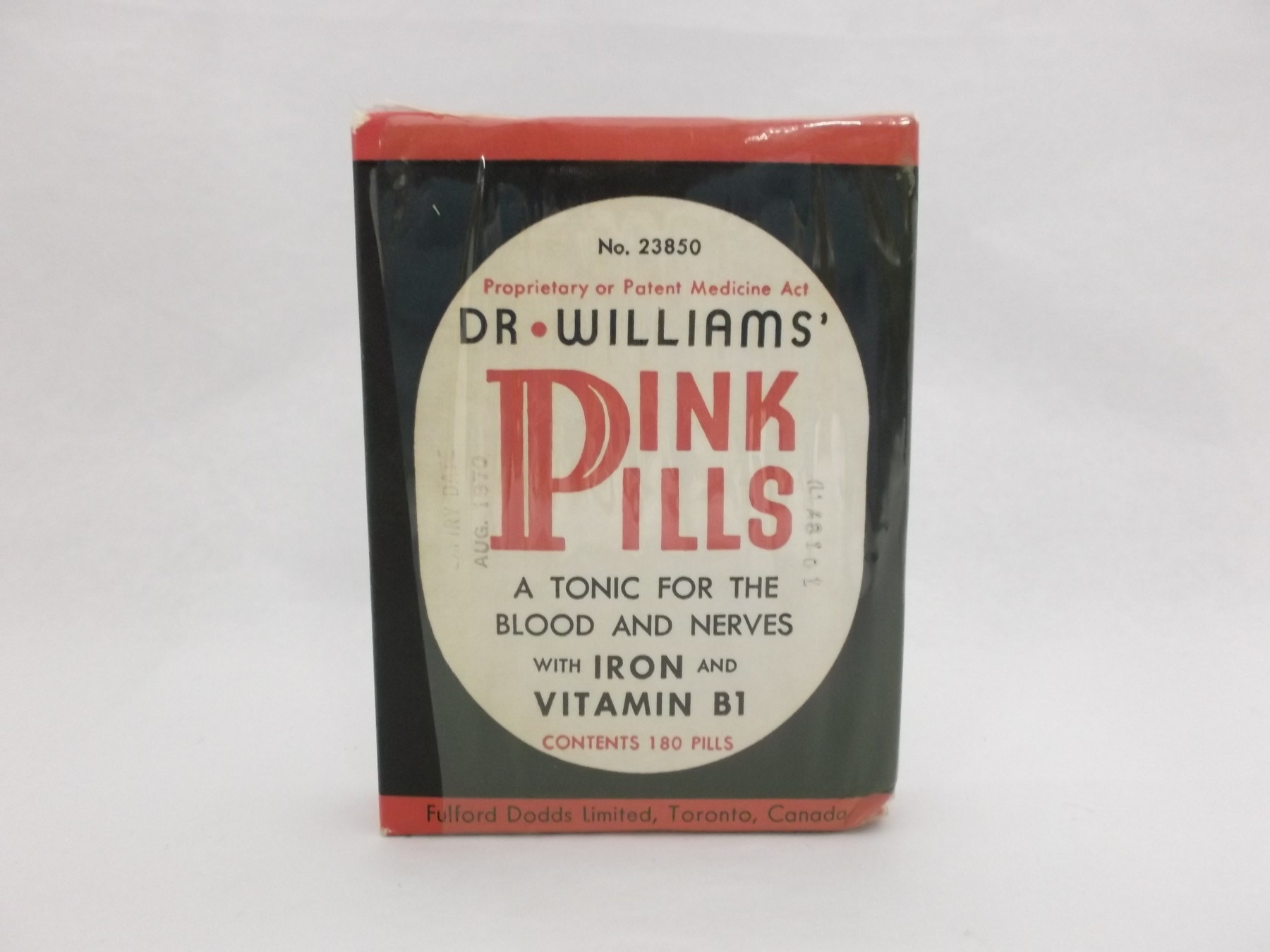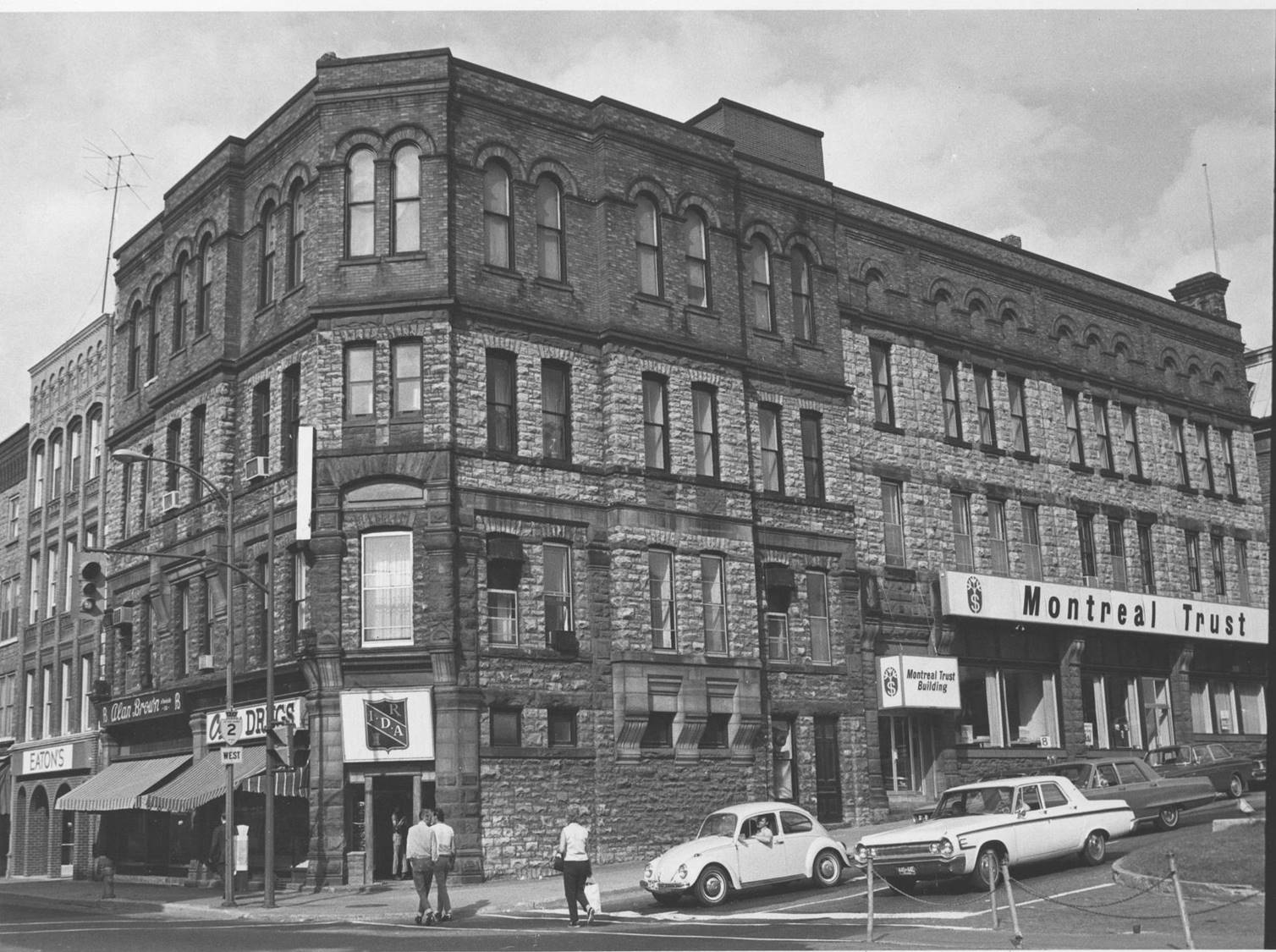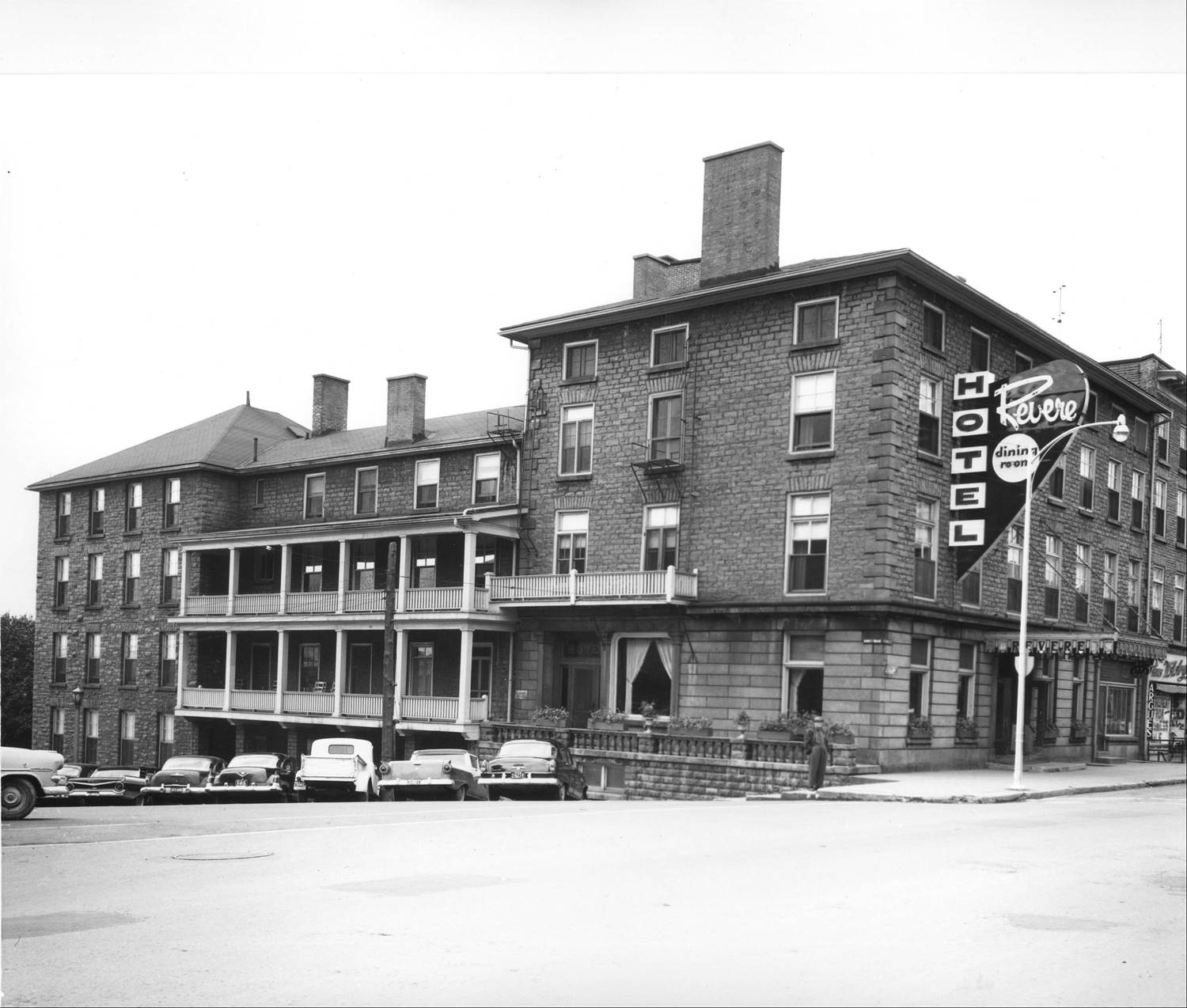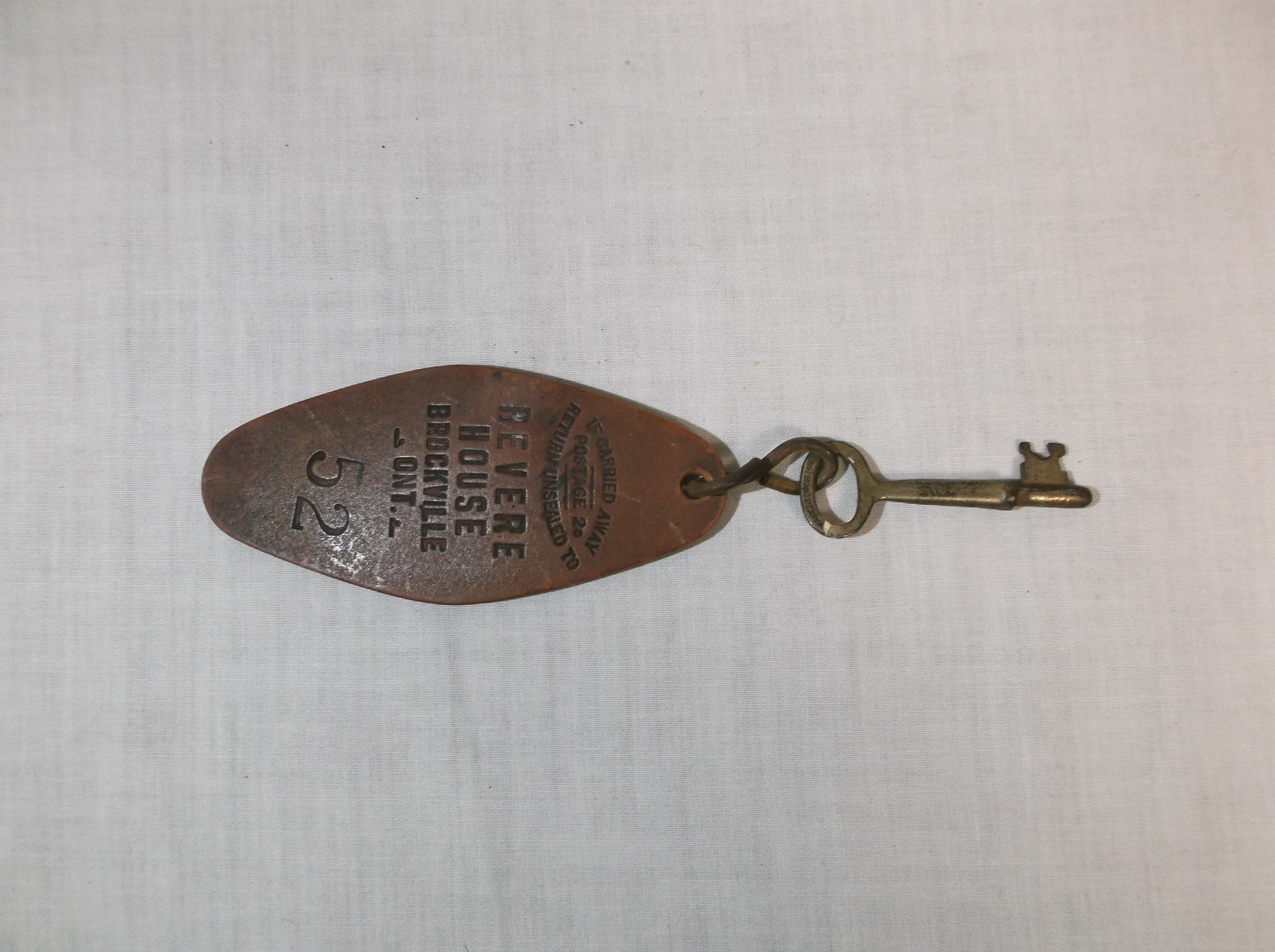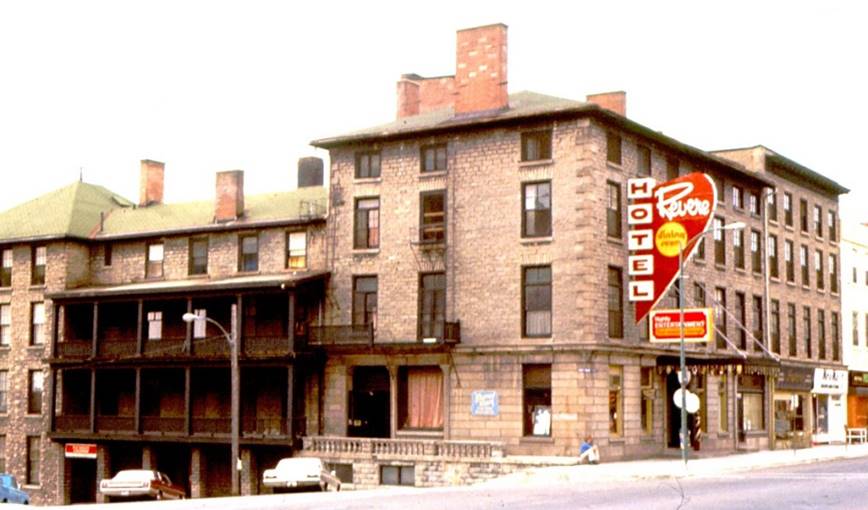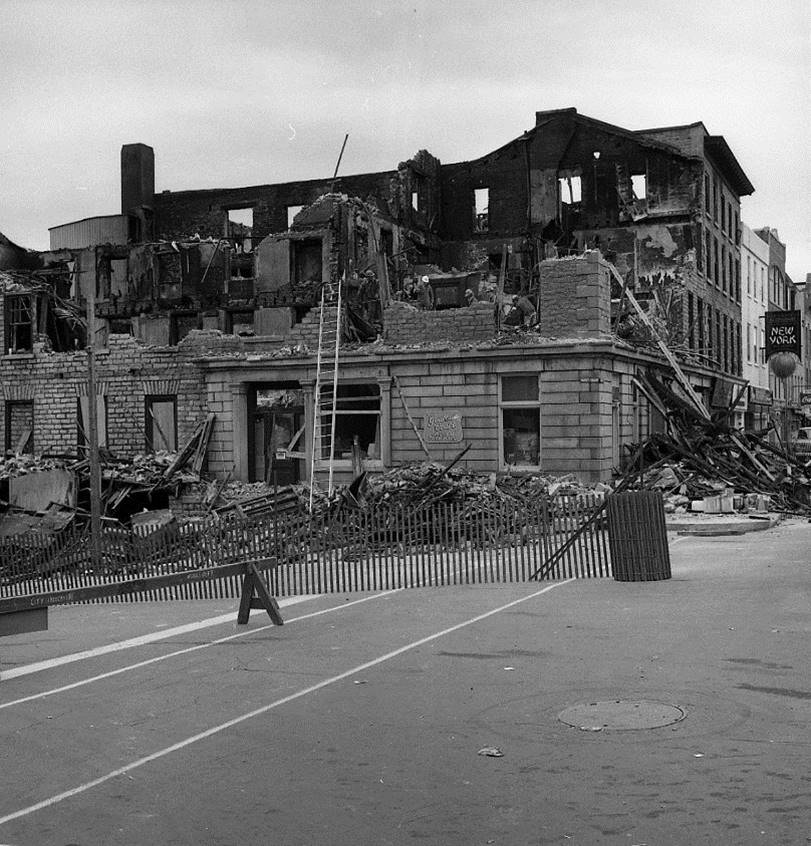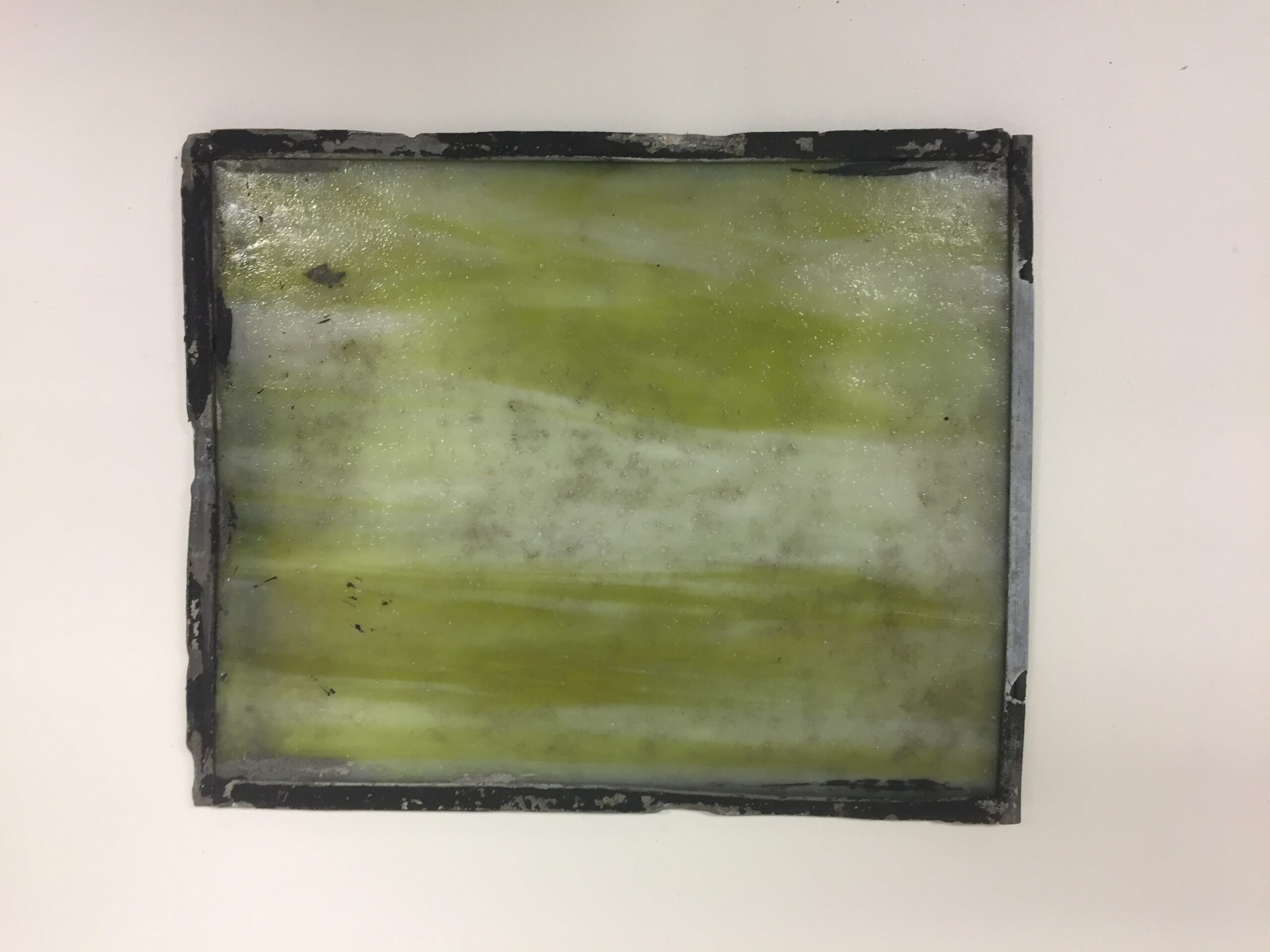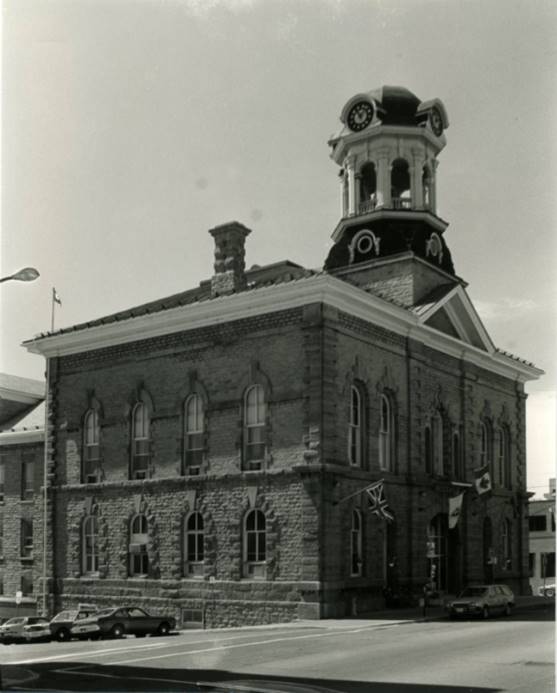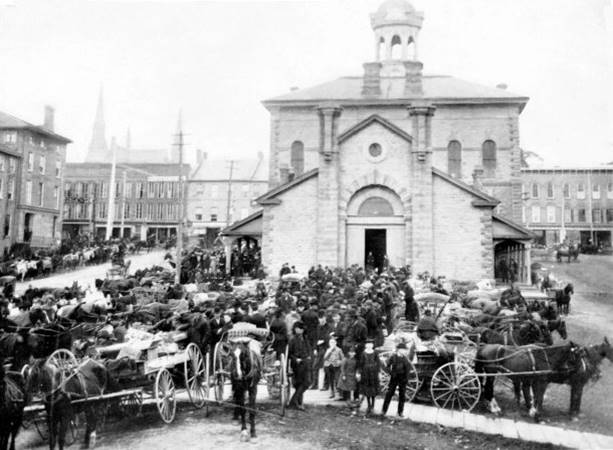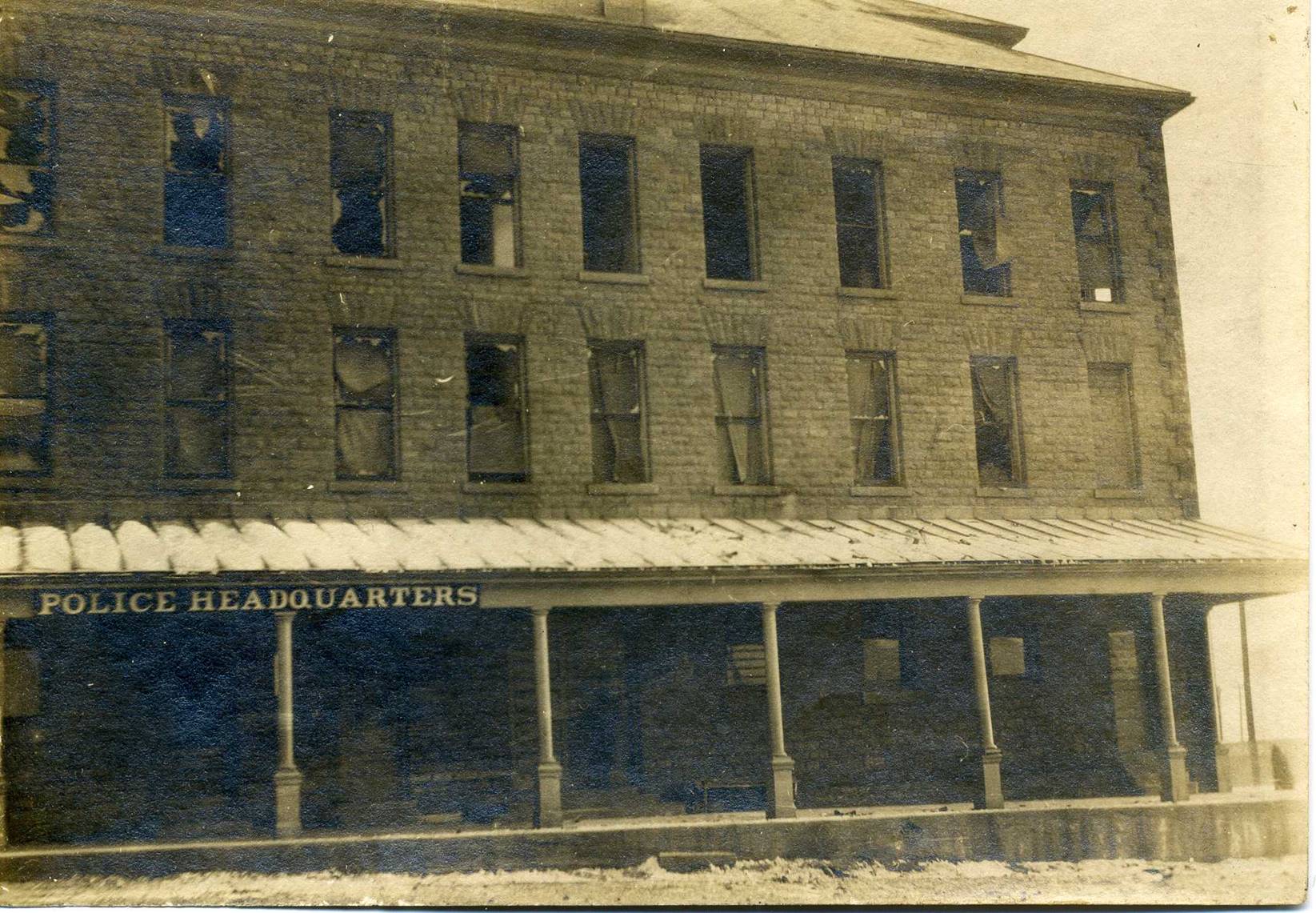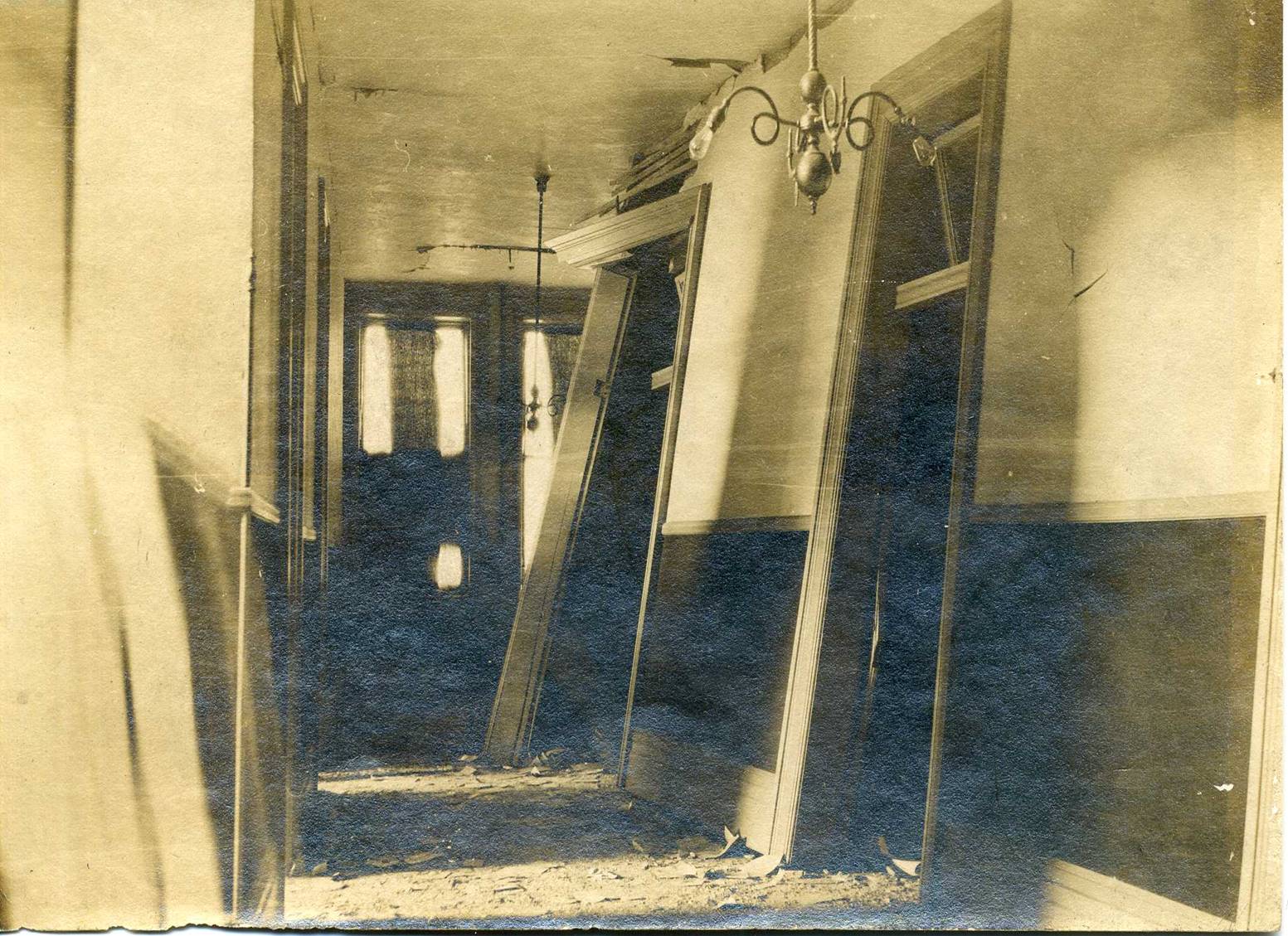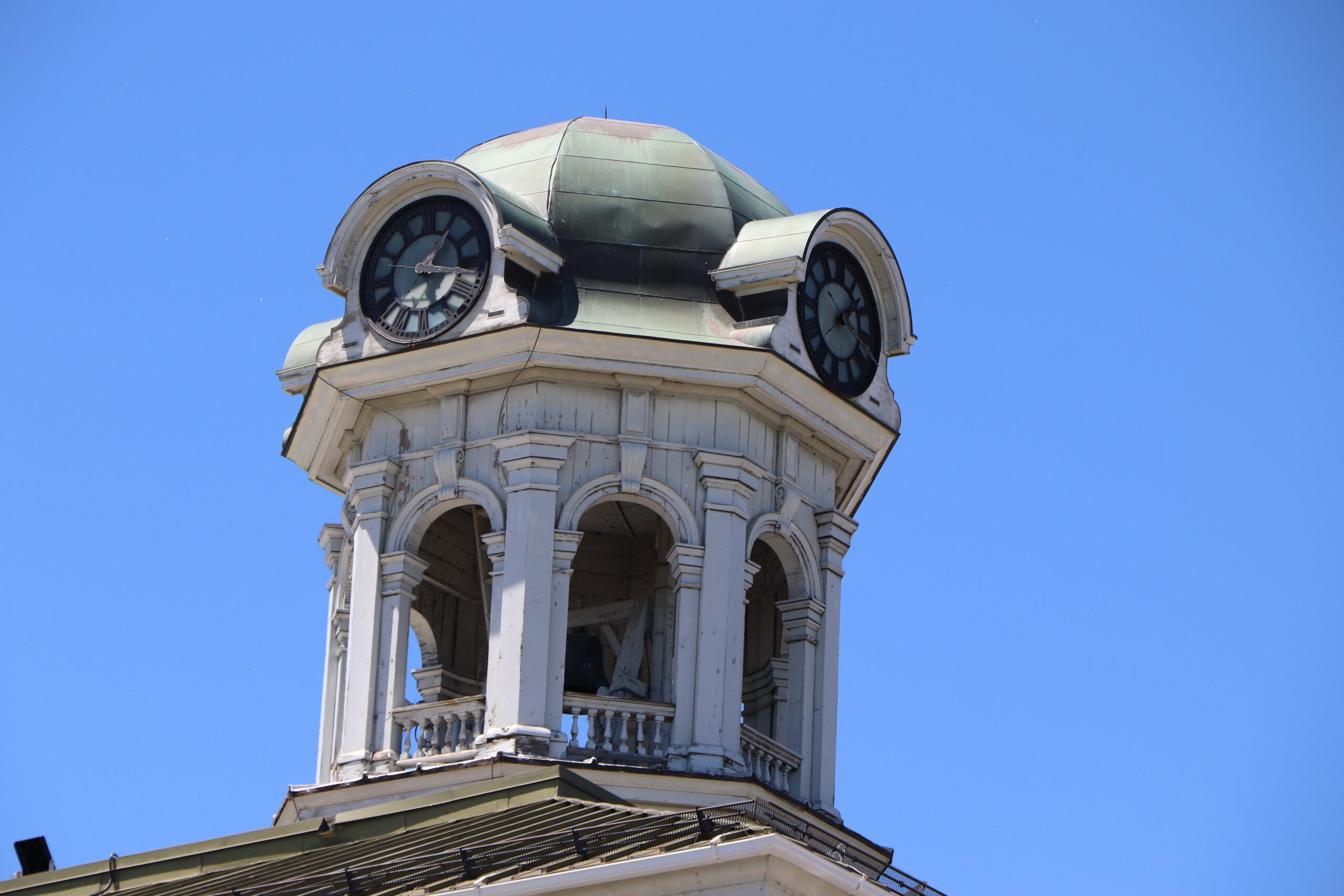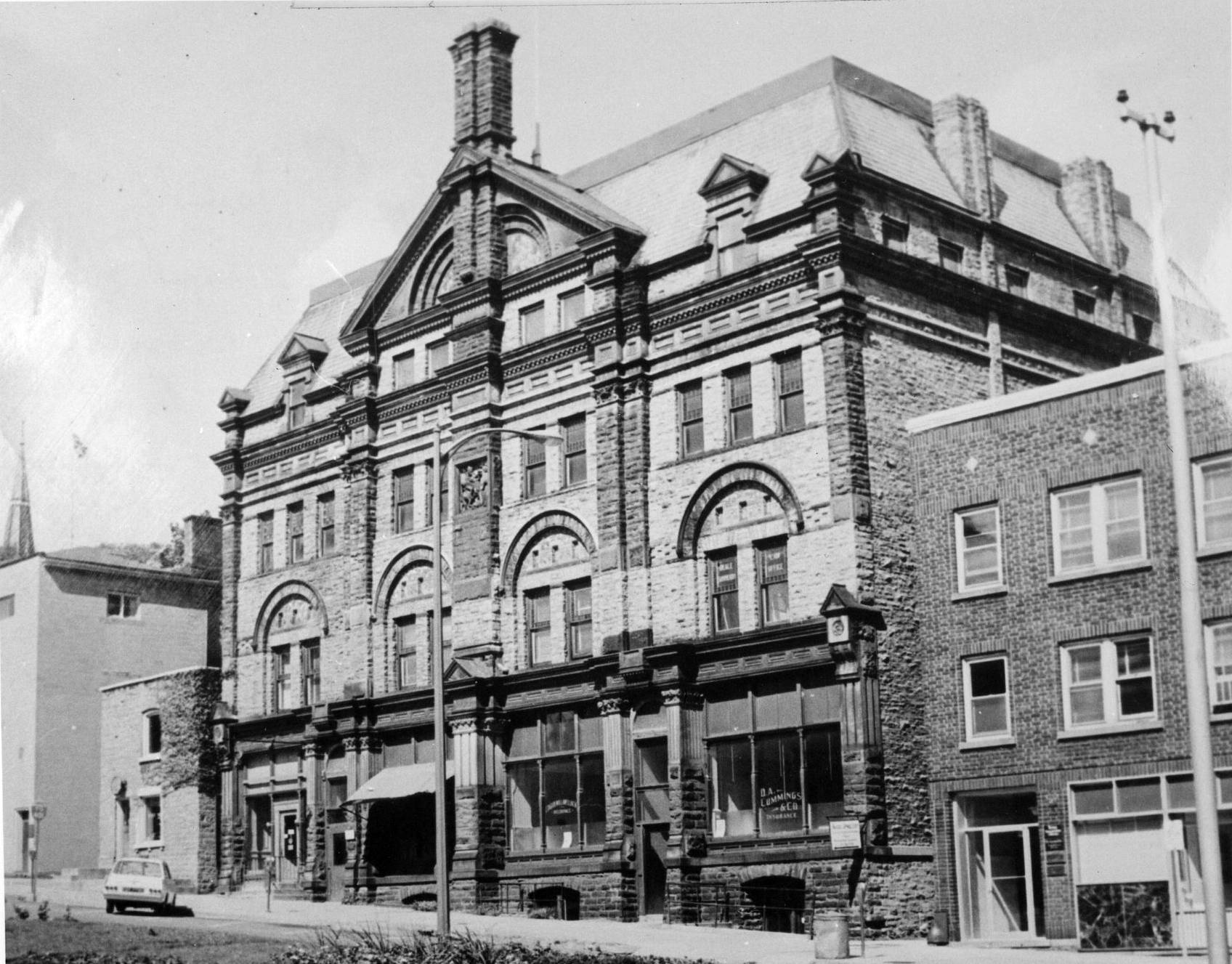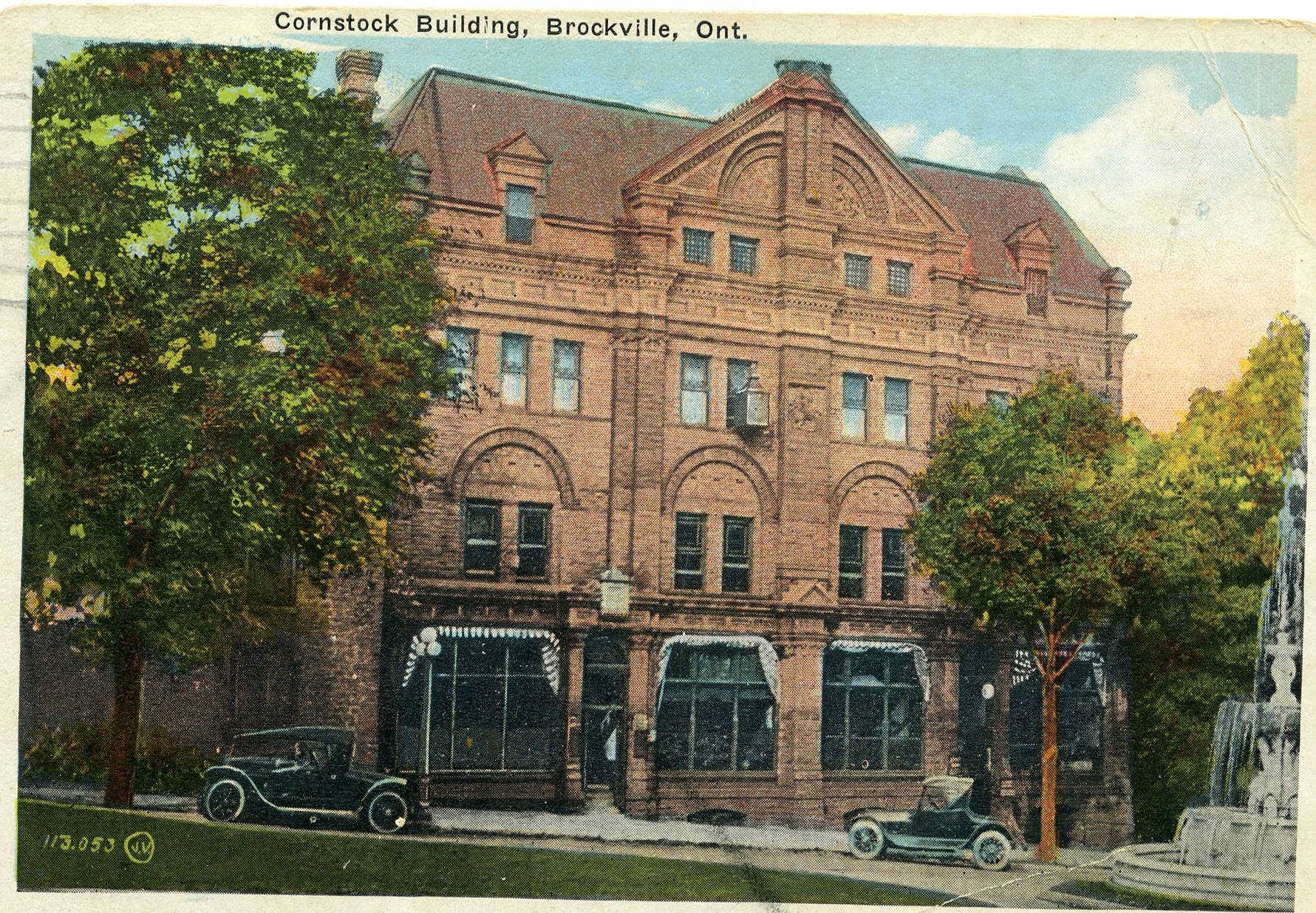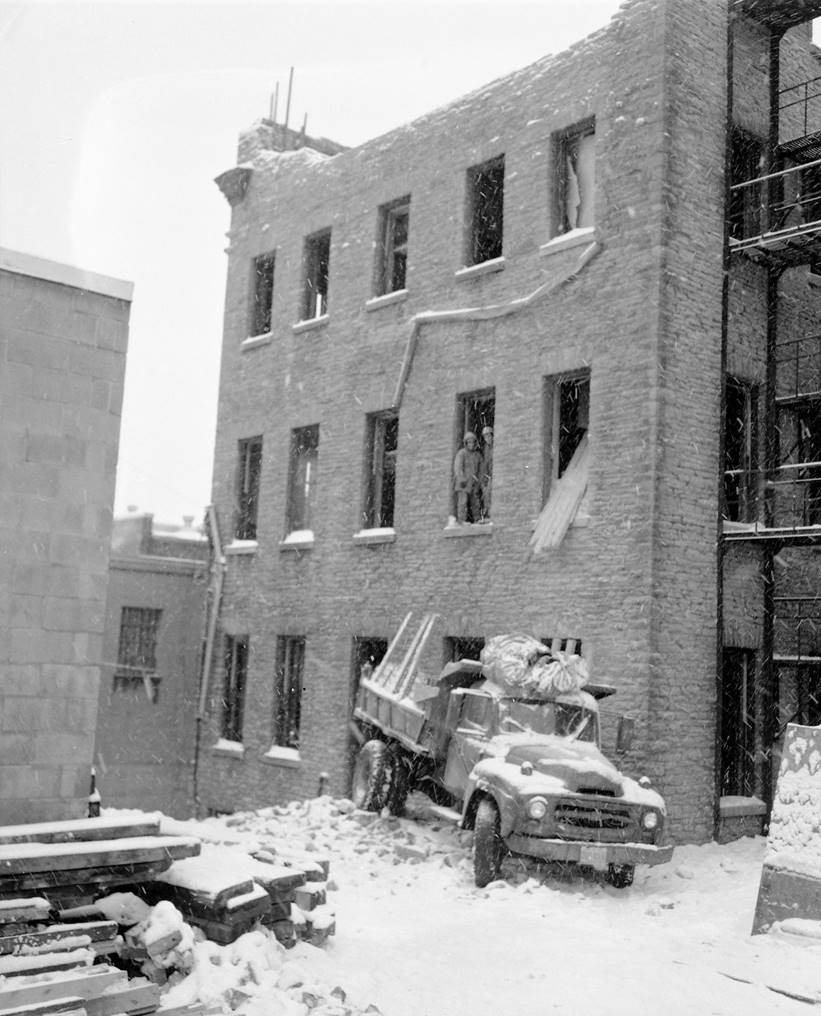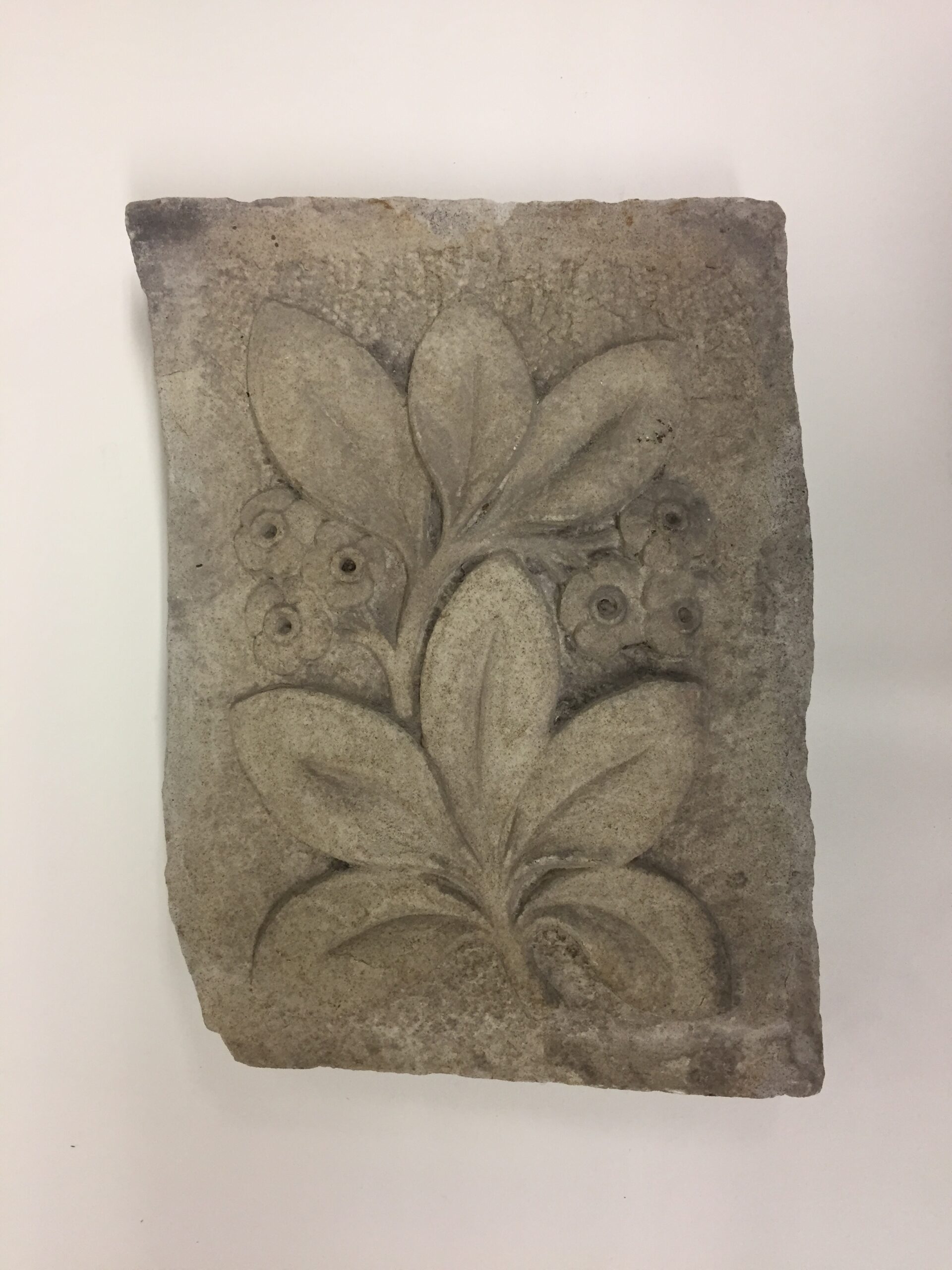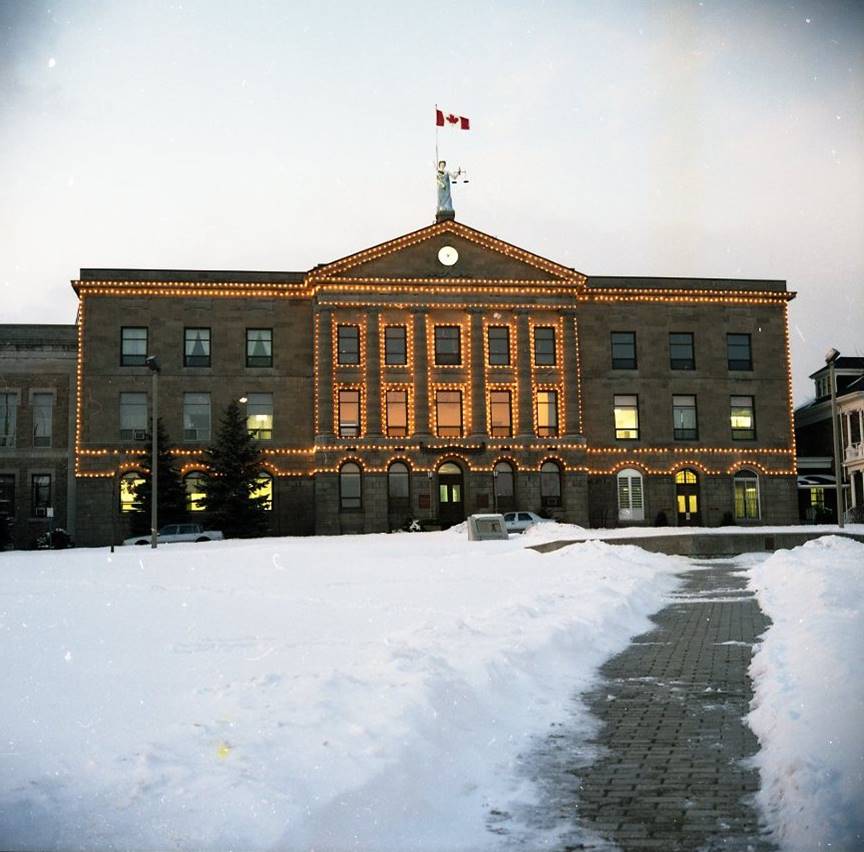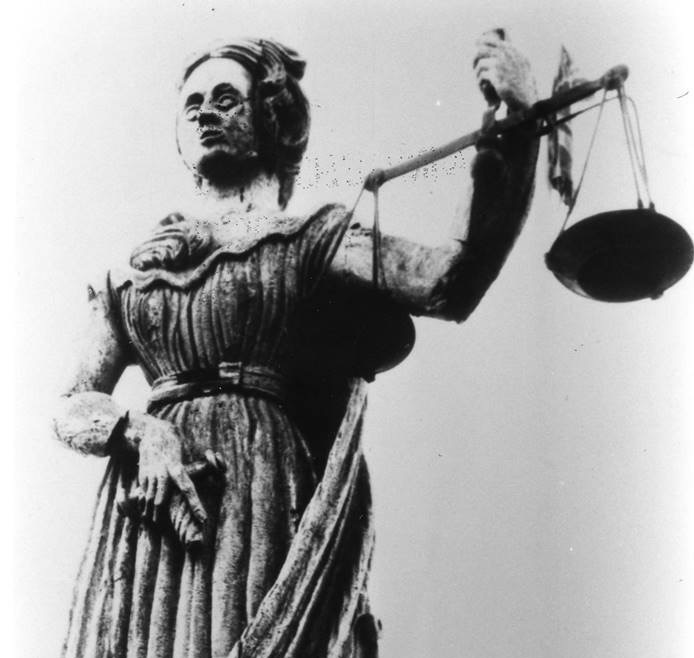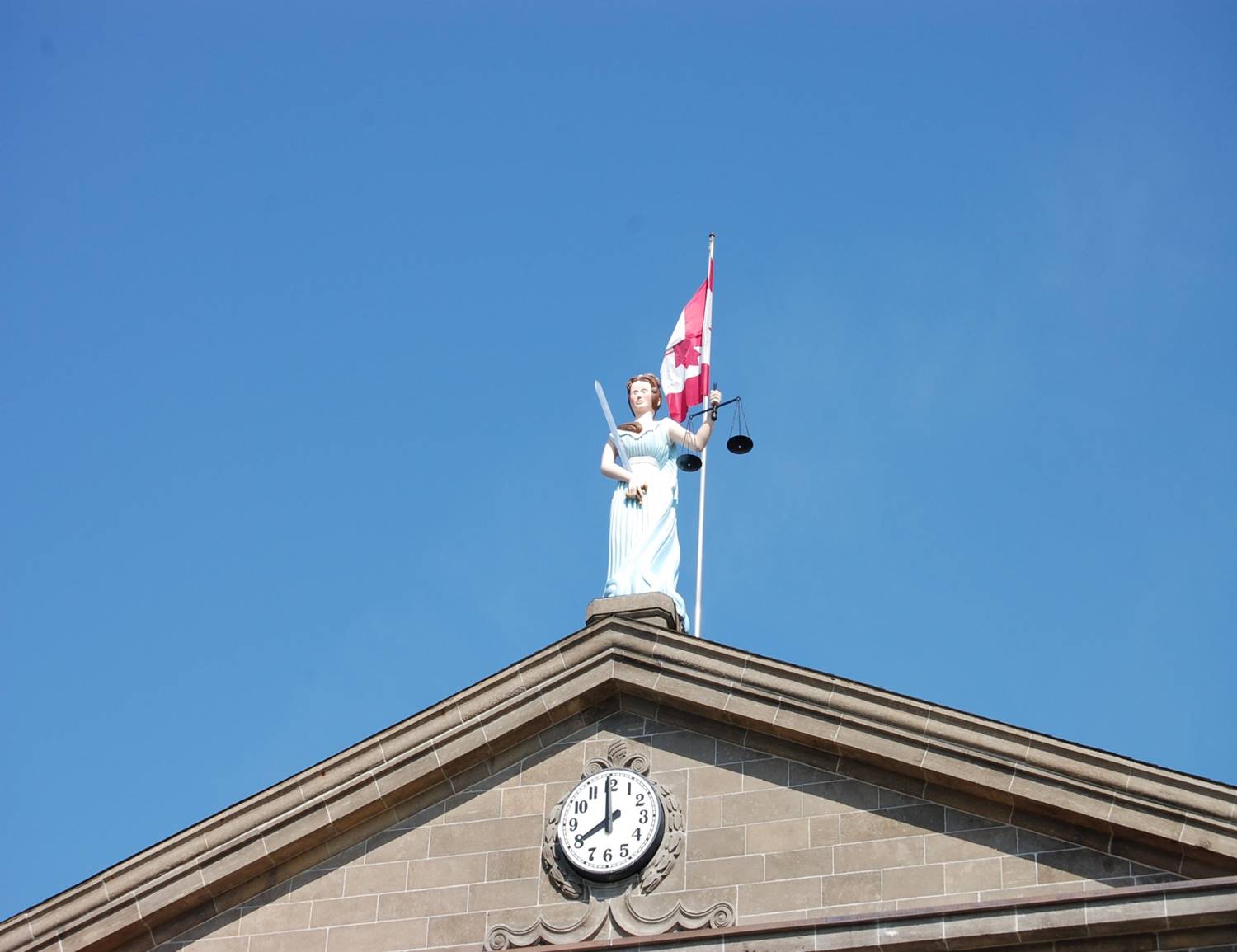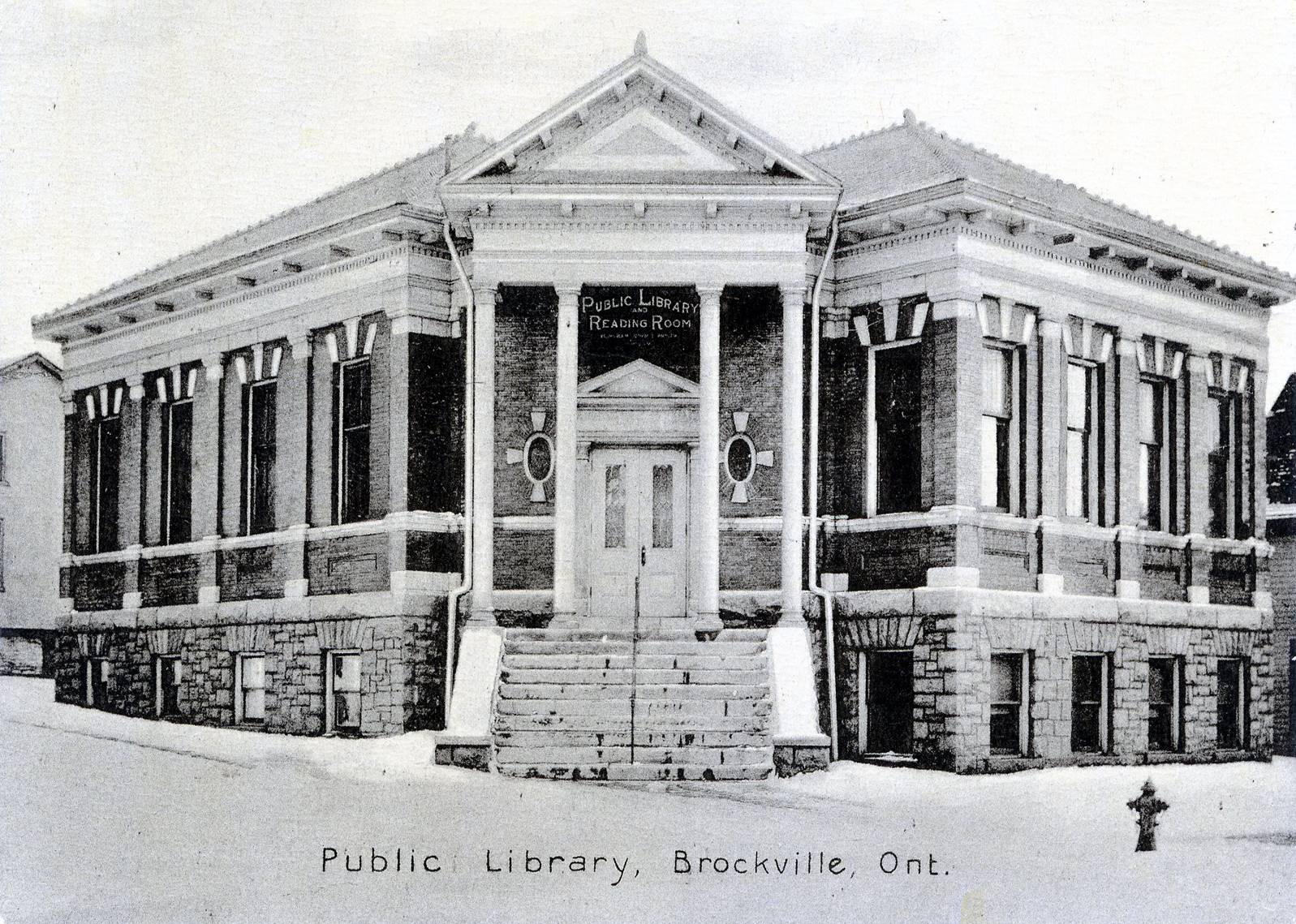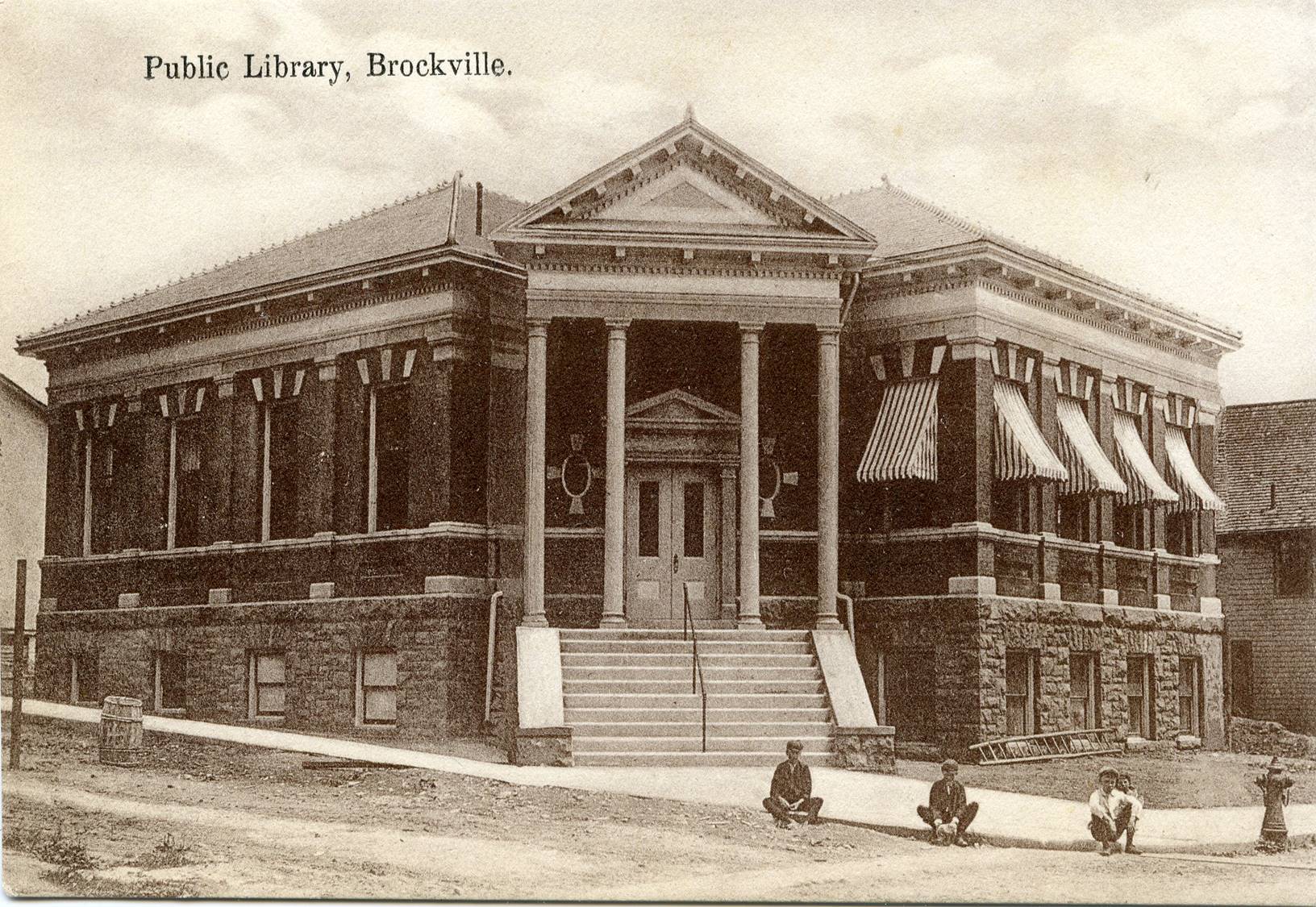
Pieces of Brockville
To accompany our temporary exhibit, Pieces of Brockville (June 2018-April 2019), our summer student, Declan, created a virtual exhibit about some of Brockville’s historic buildings.
Brockville has seen some stunning architecture though the city’s almost 200 year history. But more importantly, each building has a story to tell which adds to the ongoing narrative of Brockville. While some still exist in their original form, other buildings have experienced large-scale change, and some have simply disappeared over time. Scroll through this virtual exhibit to explore some of these pieces of Brockville history.
William Buell House, Water Street
Similar in design to Beecher House and only a block away used to stand William Buell House, built around 1820 and demolished in 1974. This house was the home of William Buell, one of Brockville’s original founders. While not incredibly flashy or ornate, it is another great example of the types of houses being built in the early days of Brockville.
William Buell House, Henry Street
Stone houses such as William Buell House built in Brockville are mostly consistent with the Georgian Style of architecture, which was used by United Empire Loyalists settling in the Brockville area. This would have been one of the first stone houses built around Brockville.
Grand Central Hotel, King Street W
The Grand Central Hotel was built in 1886, and quickly became known coast to coast for its hospitality and fine cuisine. The hotel was advertised as being in the business center of the city to attract business people travelling between Toronto and Montreal. There were stables in the rear of the hotel for travelers’ horses, and rooms originally cost between $1.00-$1.50.
Grand Central Hotel, King Street W
In 1947 renovations were done on the building which cost about $25,000. These renovations modernized the main floor of the building, which included a coffee shop, a bar lounge, and a dining room. The hotel had 3 floors and 50 rooms available including the main floor.
Grand Central Hotel Fire, 1962
With the fire occurring in early January, it was an incredibly cold morning for the firefighters responding to the burning hotel. As seen in this photo from the Museum’s archives, ice covered everything from the street to the hotel, including the giant neon sign that had been added to the exterior of the hotel.
Fulford Block, King Street West
Fulford block was constructed in 1889, and was originally home to a pair of well-familiar names in Brockville. The Brockville Business College occupied the second and third floors, while Curry’s Drugs was on the main floor. In the early 20th Century, Dr Williams’ Medicine Company took over the top floor of the Fulford Block.
Fulford Block, King Street West
After the fire in the Fulford Block, the upper level had to be replaced. It was decided it would be most valuable to get the renovations done quickly as the businesses needed to get back to work. The stone work which had been destroyed was simply replaced by bricks, giving the building a strange and easily recognizable appearance today.
Revere Hotel, King Street West
It was in 1931 that the large electric sign was added to the exterior of the Revere Hotel, quickly becoming one of the most distinct parts of Brockville’s downtown. The Hotel had become very popular through the years. In 1885 Mark Twain stayed at the Revere Hotel after doing a reading in Brockville as part of a four month tour.
Victoria Hall Gas Explosion, 1910
In 1904 the Brockville Police moved their headquarters into the back section of Victoria Hall, the same section where the chamber offices now are. Two stories were added to the market section of the building, essentially sending the market back outdoors. This photo comes from 1910, after a gas explosion rocked the interior of Victoria Hall. If you look closely, you can see that all the windows in this section of the hall have been blown out from the force of the explosion.
Victoria Hall Clock Tower
The clock was added to the Victoria Hall tower in 1904. It has become one of Brockville’s most recognizable pieces of architecture, and the symbol of the city. Victoria Hall was designed to show off the success and taste of Brockville citizens, and this is capped off with the beautiful clock tower.
Courthouse, John Ross Matheson Way
The Counties Courthouse was originally built around 1812, but the red brick building was replaced only 30 years later, in 1842. The second building has lasted much longer, and still stands today, showing off the neoclassical style of architecture which covers Brockville’s downtown.
Brockville Public Library, Buell St.
Between 1883-1929 Andrew Carnegie funded the building of 2500 public libraries across the world. The cities accepting the funding had to agree to a set of rules stating that the city must provide land to build the libraries on and must continue to fund the library once it was built. Brockville agreed and in 1904 the Brockville Public Library was opened.
Brockville Public Library, Buell St.
The Brockville Public Library has remained open for over 100 years, despite a few changes. While the library received a new addition in 1996 to include a second floor, the main section of the library seen in this photograph still exists, keeping the Carnegie Library alive.

